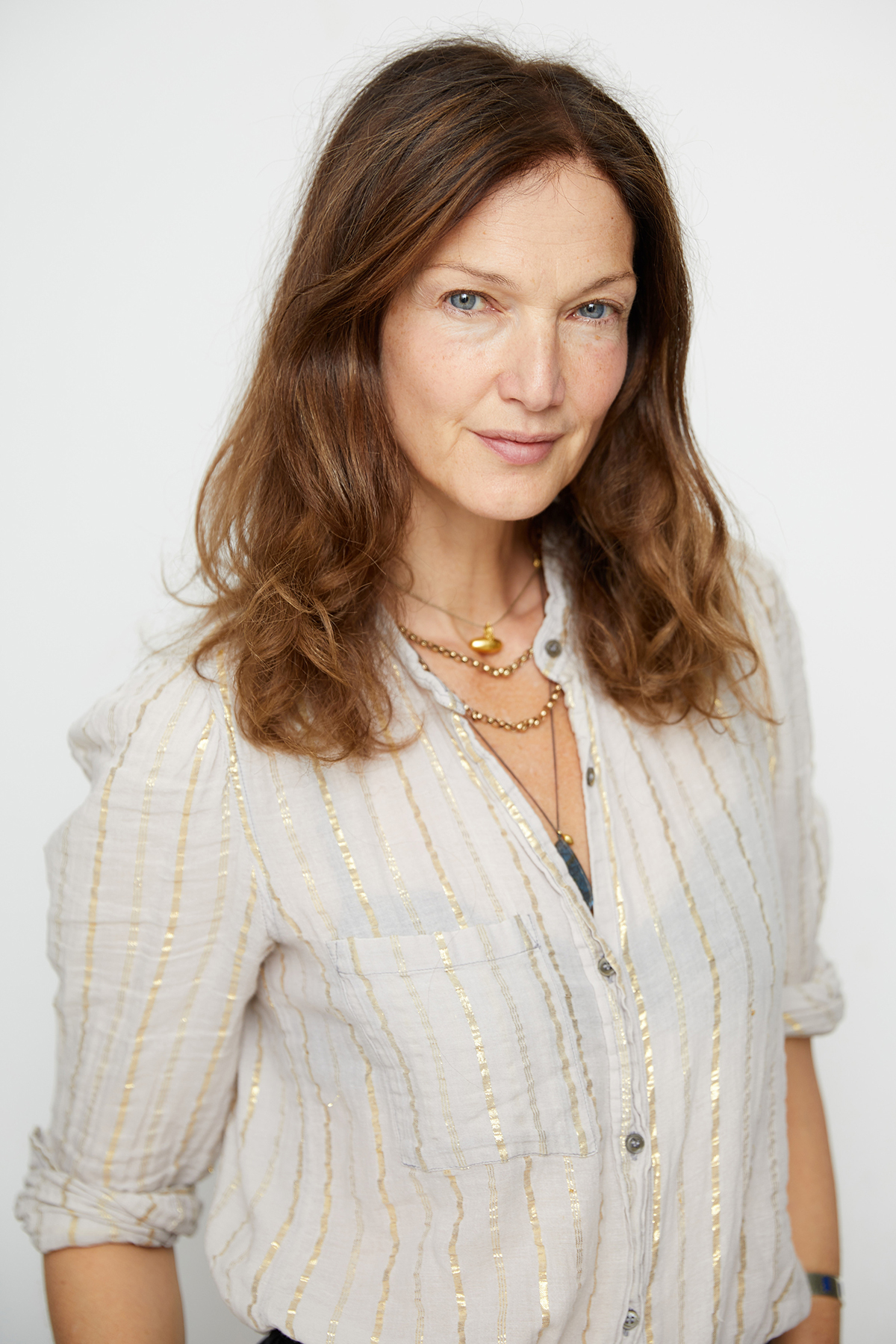
British model and founder of Wilder Botanics Rachel Boss. Image by Aaron Hurley
LUX contributing editor and model at Models 1, Charlie Newman continues her online exclusive series, interviewing her peers about their creative pursuits, passions and politics
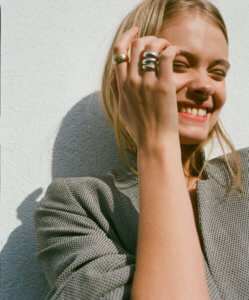
Charlie Newman
THIS MONTH: British model Rachel Boss has had a longer career than most, shooting with industry legends including the late Peter Lindbergh as well as appearing in all the Vogues, the Pirelli calendar and numerous fashion brand campaigns. Alongside her husband, she recently founded her own brand Wilder Botanics, which specialises in holistic products created from organic, wild ingredients. Here, Rachel opens up about the tough side of modelling, becoming an entrepreneur and her aspirations for the future.
Charlie Newman: Let’s start at the beginning. What was your childhood like?
Rachel Boss: I grew up just outside of Manchester. I had the perfect mix of countryside and being on this great music city’s doorstep back in the late eighties early nineties, so I was constantly going to gigs when I could. We lived in this beautiful old farm, not that we used it, but my mum only ever cooked using home grown vegetables. I went to a convent which wasn’t great! I went there from 3 to 18 years old as a day pupil. Looking back it had a huge effect on me with the guilt that comes from Catholicism. It was awful, it was heaven and hell, it was retribution. My mum stuck up for us by not letting us do confession: what 7 year old has anything to confess? That’s why I had my confirmation much later because you can’t get confirmed without having confessed. I haven’t been to church in a long time now but it’s still in there. I remember going to school and seeing these propaganda posters and being so appalled by these extreme elitist views, but in reaction to this quite a few of us were rebellious. The young nuns were slightly more liberal singing Kumbaya with us, whilst the elder ones were just dreadful. The only two male teachers were science teachers which meant that we really weren’t pushed to do science – things have changed hugely since then. Safe to say, I would never send my children to a convent, in fact I went the complete opposite and sent them to a school where they call the teachers by their first name!
Follow LUX on Instagram: luxthemagazine
Charlie Newman: How did fashion come into your life?
Rachel Boss: I can remember always being taller than my peers and everyone telling me I could be a model but I never even considered it because modelling wasn’t a career back then. I saw fashion as my escape, it was my ticket out of Manchester. Interestingly, people from Manchester generally always stay there, they don’t often move. I don’t know whether that’s typical of most towns but I couldn’t wait to get away. University was never on the cards for me, it wasn’t even something I wanted to do and I don’t know why because later on I went to study off my own back. Even though I didn’t go to university straight after school, I still want my children to because I hate the idea of them being out in the world without a purpose. When I left school that’s exactly how I felt, so when I got asked to be a model I took the chance. I was staying at a friends house in Dublin and then somebody asked me to do a show for John Rocha. From that show an agent picked me up, it’s not a very glamorous story! In that first season I worked for John Rocha, Katharine Hamnett and a few other Irish designers. After that, I came back to Manchester and then moved to London at 19 years old so I was a late starter for a model.

Charlie Newman: What were your early experiences of modelling like?
Rachel Boss: Once I signed with an agency I was whisked straight away off to Tokyo, and I didn’t really like it. Whenever I see friends who were also models at the time we look back now and realise that actually we really weren’t treated right as teenagers. Thank goodness for the way my mum brought me up else I would have ended up in some compromising positions. People were always saying to me, ‘Why don’t you relax? Why don’t you go to that club? Why don’t you go out for dinner with them?’ But I wasn’t having any of it which meant that I was spending a lot of time on my own. My first trip was to Tokyo for 4 weeks which was a real eye opener, it was like a cattle market. We weren’t marketed as human beings, never having time to eat or break. Then at night we had to go to club openings which was just not my thing. I left Tokyo with not very fond memories and from there went onto Paris after a brief stint at home in between.
Read more: Artistic visions of Louis Roederer’s Brut Nature 2012
Charlie Newman: Paris is the centre of old school fashion houses, and with it often comes an old school mentality. Did you come across this and how did you deal with it?
Rachel Boss: I really struggled in Paris because the French bookers were always the toughest. We’d be staying in a model apartment 25 years ago for 600 euros a month and it would be a mattress on the floor, with no light bulbs, nothing in the kitchen and with 6 other girls in the flat, it was completely wrong. Even though I was a tiny bit older than my peers, I felt a lot younger because most of my friends within the industry were from cities so were a lot more streetwise than me. They were in the right crowds immediately, whereas I was very far from it. I must have been really hard to manage because I was forever saying, ‘Sorry but I’m going home now!’ I realise now that I was suffering with anxiety without even realising it because anxiety disorders weren’t discussed then. I remember berating myself thinking, ‘What’s the problem? All you have to do is get on that plane, go to the hotel, get up and go to the job.’ I remember forever talking myself through it and every time on the plane home I’d congratulate myself. So it wasn’t an enjoyable period for me but then again I did have a couple of years which were just incredible. That was when everything changed.
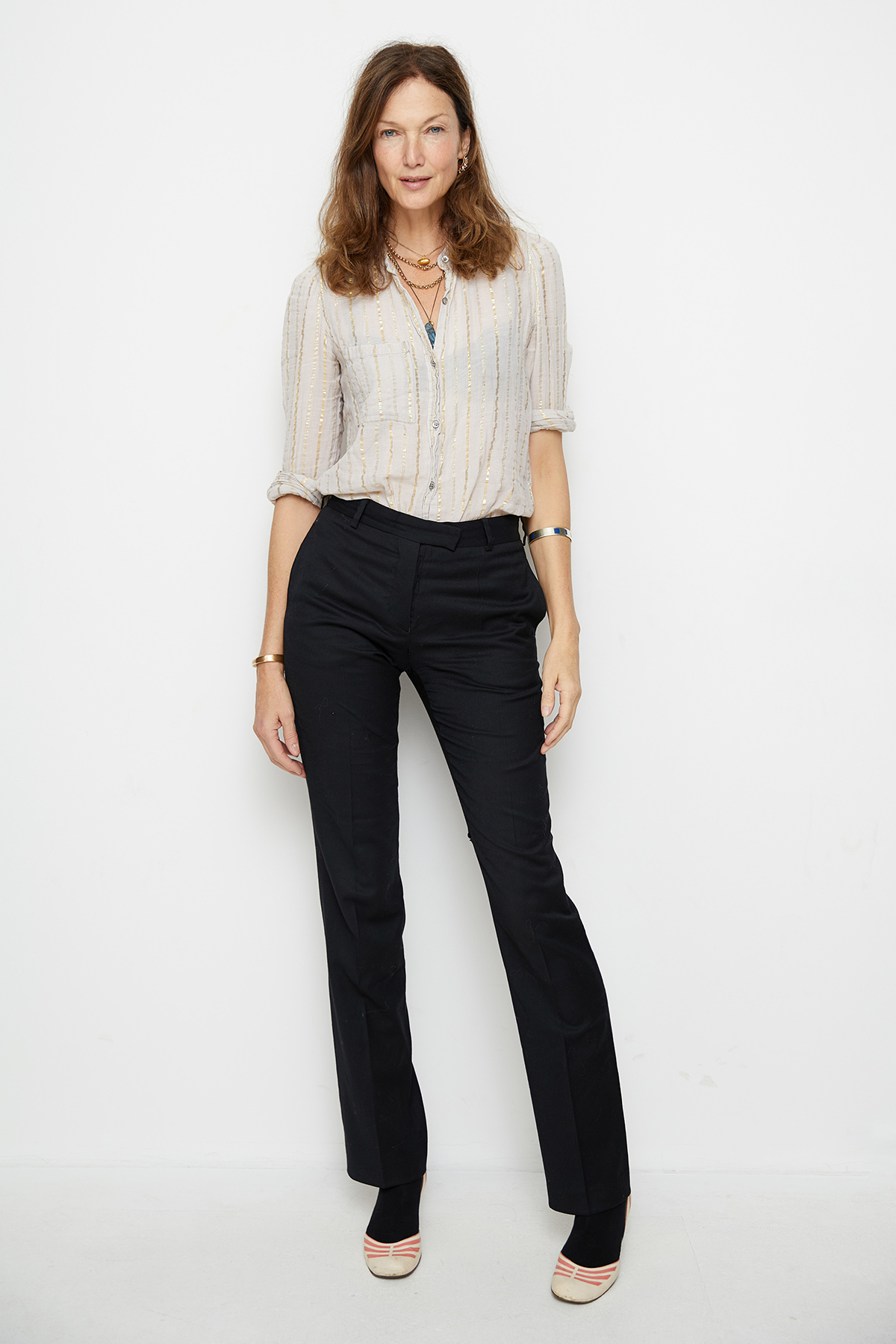
Image by Aaron Hurley
Charlie Newman: What changed exactly?
Rachel Boss: I moved to New York in 1991 where I stayed for a year, and then I moved back there at the age of 25 which was just fantastic because there was a real resurgence of health in fashion. The heroin chic look was out and the more healthy, robust girl was in. People were waking up to the benefits of nutrition and that really opened my eyes to what I wanted to do. I went to an amazing Ashram in upstate near Woodstock, where I learnt the teachings and philosophies of yoga and meditation. I had the time to really read and expand my knowledge whilst I was in New York purely because all of my work was based there and I didn’t have to catch a flight all the time. But by the age of 26 I was moved to the ‘Classic’ table and was told I was past it. That had a real effect on me mentally because I suddenly woke up to the idea that I was a woman and I needed to have a family. I was being portrayed as a 46 year old woman at 26 which I wish I hadn’t agreed to. Afterwards, I just tucked myself away and studied and studied at the Holistic Health college. I was studying to be a Naturopath alongside Nutrition, Homeopathy and Iridology which is recognising genetic traits through Iris formations. I love it because it’s one of those subjects where you’re forever learning.
Charlie Newman: You published Super Herbs: The best adaptogens to reduce stress and improve health, beauty and wellness in 2017. How did that come about?
Rachel Boss: I was approached by The Little Brown publishing house after having just given birth. I remember being so incredibly exhausted at the time and without thinking I went along to the meeting. I remember thinking in the meeting at this really smart office, ‘What the hell am I doing here? I am so tired, and here I am saying that I can write a book!’ I think it must have been the endorphins that come with breast feeding! I wrote it like a job, or studying, so I was really strict with deadlines. I so enjoyed writing it. The book focuses on the history of the herb. It’s a really easy read and helps direct you on how to slot herbs into your life and make you feel better. When you have a chronic illness quite often you get used to it (unless it’s acute) and you end up ignoring it, like chronic digestive issues for example, but in my book I explain how herbs can help you. I also highly recommend reading Rosemary Gladstone and Christopher Hedley’s books. Christopher was my tutor and is simply amazing.
Read more: Designer Philipp Plein on mixing business with pleasure
Charlie Newman: You’ve had such a long and diverse career in an industry that is notoriously short. How has your career developed as you get older?
Rachel Boss: I was more editorial at the beginning, but then I really pushed for it to become a money earner. When I came back to London I was doing the likes of John Lewis, Marks & Spencer and Next, which was great money! There was a time when I was doing everything in London and it was just fantastic, I could drive to work, I absolutely loved it. But then of course they move on as they always do and have to. I’m also very aware that I’m extremely tall to be doing commercial work. I’m just over 6 foot so I’m extremely grateful to them for being so kind to me, most of the other models were 5’9. However, the other day I did my first editorial shoot for a while with the wonderful Renaissance magazine. I met this amazing guy who was Turkish but brought up in Sweden, the hair and make up was from Tokyo and the stylist from America – we all just couldn’t stop talking! I’ve always loved that part of fashion, every shoot has a real mix of people from all over the world. Perhaps it’s because I’m older and more confident, but I feel as though I’m no longer seen as an object that has to be moulded to other peoples desires. I am my own person whilst modelling now.
Charlie Newman: Looking back at your career now, what do you wish you had done differently?
Rachel Boss: My career has forever been in flux between forcing myself to do the job and then retreating. Even when it was French Vogue or shooting with Peter Lindbergh, it was terrible because in my head I just wanted to run for the hills. I look back now and wish I just got on with it for four years and then left. But instead I dragged it out over decades! Often when I left a city I would leave an agency too because then I felt like I could always start again and have a fresh start. The agencies were always very damning of my opinion when really it should have been a joint decision, but luckily I had one wonderful agent who understood that when I said no, I meant no. I became very good at saying no because for years I’d forever been a yes man. As a result, I had a reputation for being difficult. It’s been an interesting journey. Talking and reading about the past now amongst friends and colleagues makes you realise how intense it is as a job.
Charlie Newman: What advice would you give to young models now starting out?
Rachel Boss: Please enjoy it and don’t take it too seriously. I was forever being told that I was ungrateful because I didn’t want to do the jobs, but really there’s alway someone else who will do the job. If it’s not your route or desired path don’t do it.
Charlie Newman: What has been a career highlight for you?
Rachel Boss: I think it’s got to be living in all the cities. I loved working in New York and Morocco and even though living in Paris was hell, I’m so pleased I did it. Now I know all the areas and I met Yves Saint Laurent and so many other incredible people. I was lucky enough to have a good wage so wherever I was, I did whatever I wanted. If there was some restaurant I wanted to go to, I’d try it, if there was anywhere I wanted to go to, off I went. I was very, very happy with my own company, which was hugely beneficial for me because I’d got into such a huge state of panic before where I felt as though I always needed to be with someone, so that was a huge turn around for me. It’s so important to have times in your life, especially when you’re young, to go off and do your own thing because you’ll probably never have that time again. Even if you do get the opportunity to do it when you’re older, your mind is constantly elsewhere and wanting to be with your children. So for me to have had that time was something I really relished. It’s so important as a human being to sit by yourself and be happy.
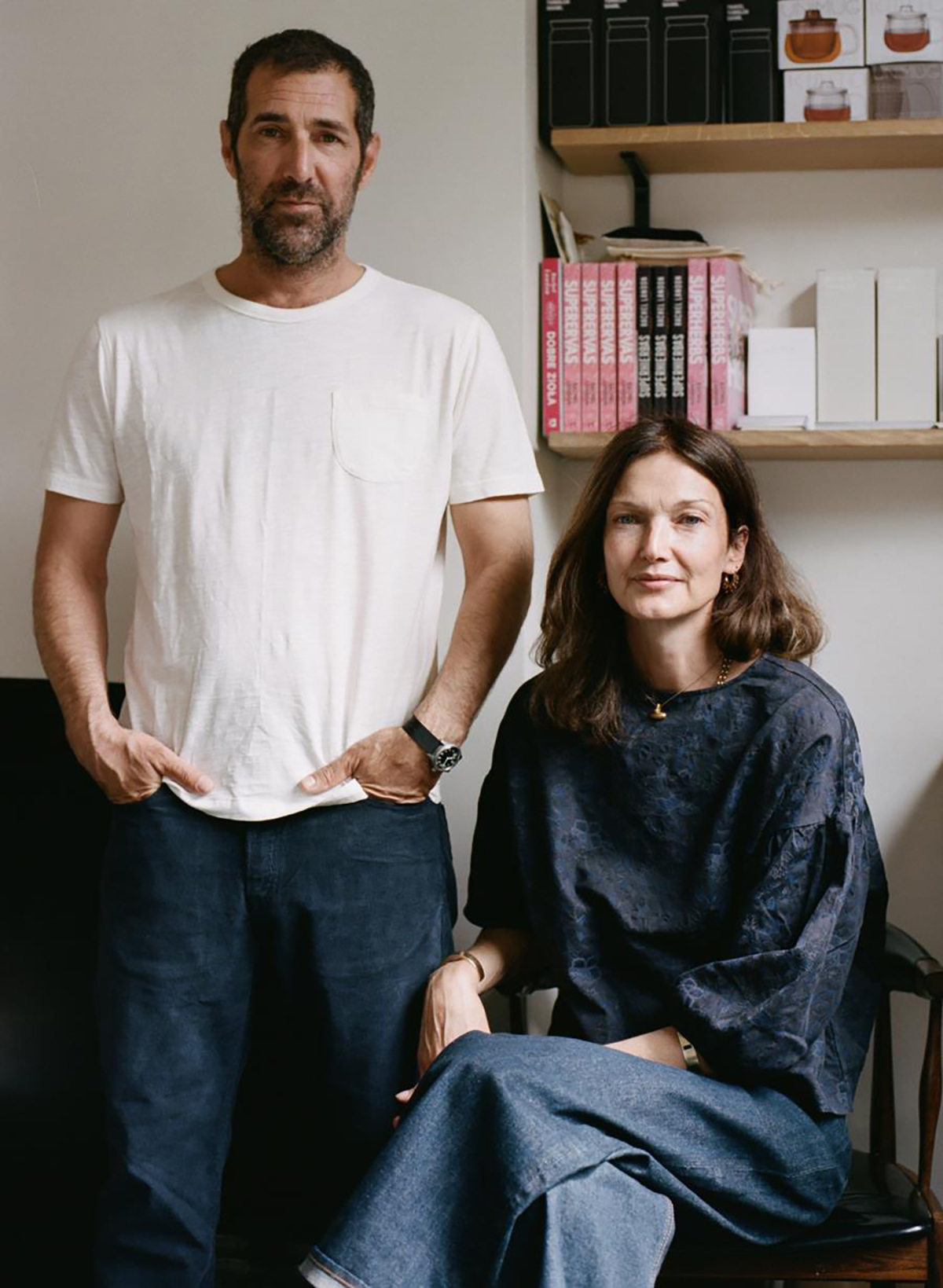
Rachel and her husband Charlie co-run Wilder Organics, doing everything from the making of products to the selling.
Charlie Newman: What made you decide to start your own company?
Rachel Boss: The company was talked about for years. I was so aware that herbs were still seen as something a bit odd or witchy or something that only people wearing linen and blankets could prescribe to and I didn’t like that! It was the same with when I went to my lectures too. It was all too intense and I wanted to prove that you could be interested in Naturopathy, whilst also enjoying a glass of wine with a steak. The whole idea for Wilder Organics was about bringing herbs into the contemporary lifestyle and fitting it into the everyday. Before it was only really Neal’s Yard, but within the past 5 years I’ve seen a huge surge in interest.
Read more: Island paradise at the Ritz-Carlton Abama resort in Tenerife
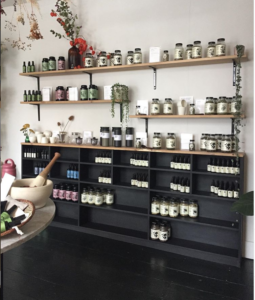
The Wilder Botanics boutique, Broadway Market
Charlie Newman: How did you make Wilder Organics a reality?
Rachel Boss: It started with me creating a herb infused body oil and two teas. I asked my friend Lerryn Korda, who is a beautiful illustrator of children’s books, to design the beautiful labels for me. Each type of herb has a different illustration because I really wanted to draw people back to nature and get them to recognise what they’re actually drinking, and maybe even encourage them to go and pick the leaves themselves. This was back in October 2017. I had a little stand at this wonderful sale that supports creatives called The Hand Sale in Kensington and everything sold! I didn’t know what the whole worth was of my product so that’s when my husband swooped in, and he’s totally immersed in it now. It’s just us two and one other person who comes in every so often. We do everything, from the making to the selling to the wholesaling. Everything is biodegradable and recyclable nationwide, it can even be put into your compost. All of our products are recyclable grade 7 which means all councils recycling systems will accept it, which sadly isn’t the case for a lot of other products out there.
Charlie Newman: Where would you like to see Wilder Organics in the future?
Rachel Boss: We would really love to see our beauty products in Liberty because we’re obsessed with everything in there! We have endless ideas for the future, but I’m particularly excited about delving more into women’s health. Alongside our 10 stockists, we’d also like to be stocked worldwide, but without ever losing the core values of our company.
Charlie Newman: And finally, who is your role model of the month?
Rachel Boss: It’s got to be women for me, I love women in every form. If I had to pick one individual it would probably be Julianne Moore, I think she’s just heavenly. My friend works with her who’s a make up artist and said she’s the real deal, she’s true to her persona, so kind and brilliant. I was listening to Zadie Smith on Radio 4 yesterday and I thought she was just amazing, partly because she doesn’t appear to be a people pleaser. I grew up in a generation where everything was about being liked, fitting in and not being a burden. I really rock boats with that even now. I hope my children are like that, I tell my children all the time, just because someone’s an adult it doesn’t mean they are right.
Discover Wilder Botanics’ range of products: wilderbotanics.com

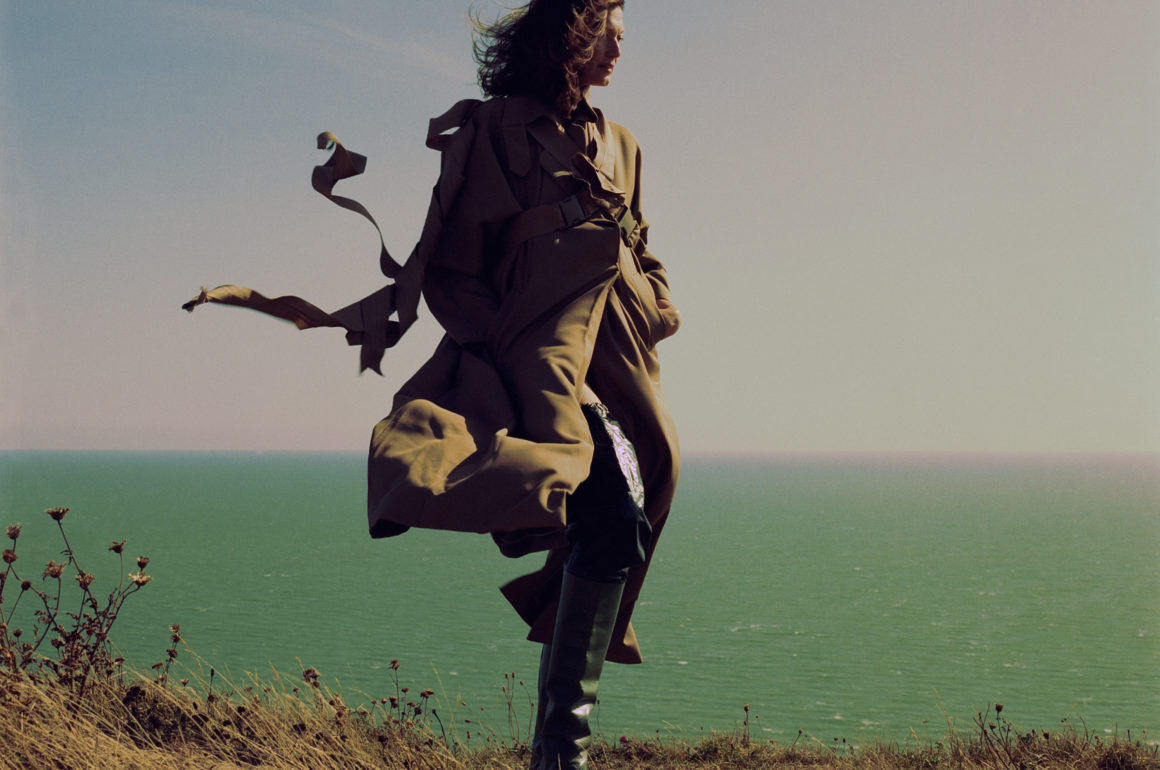
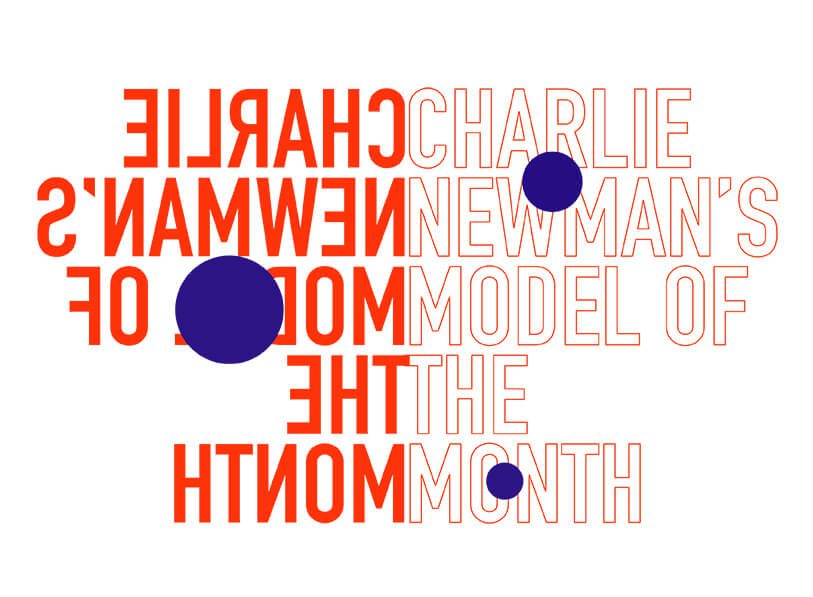
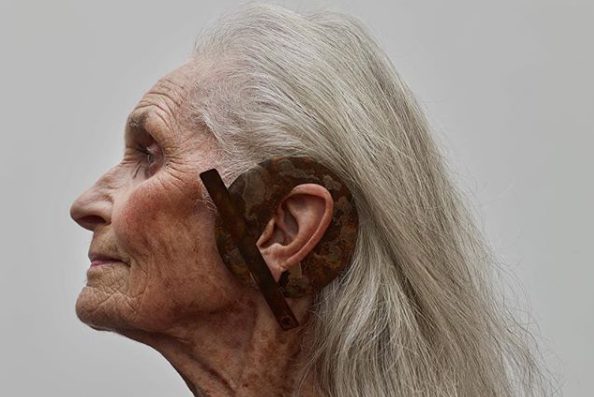
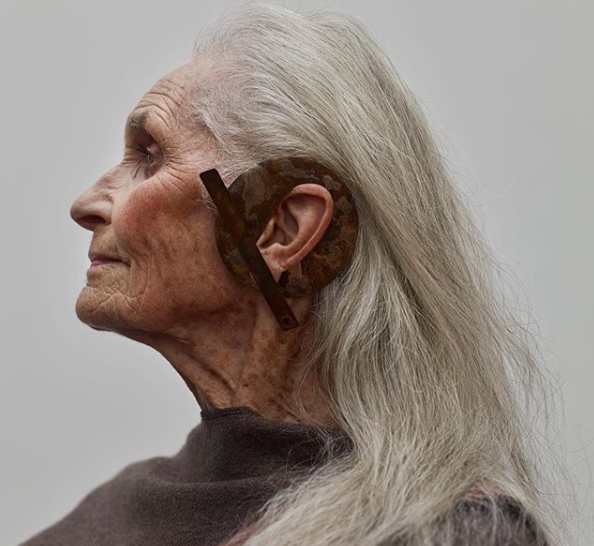
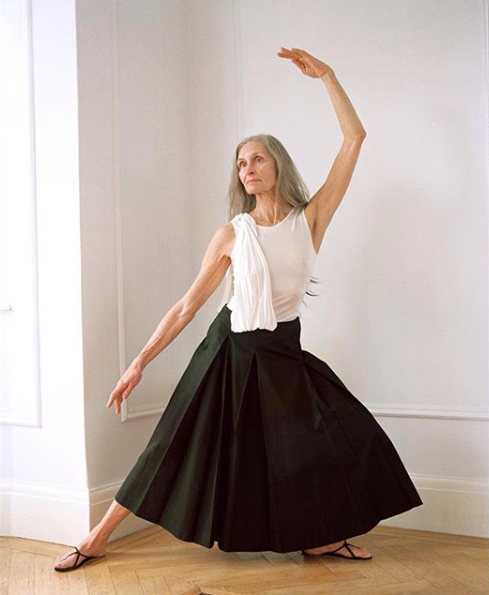
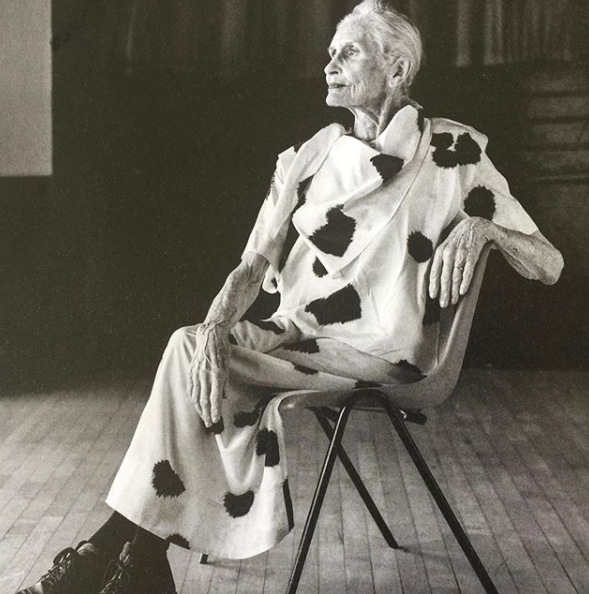
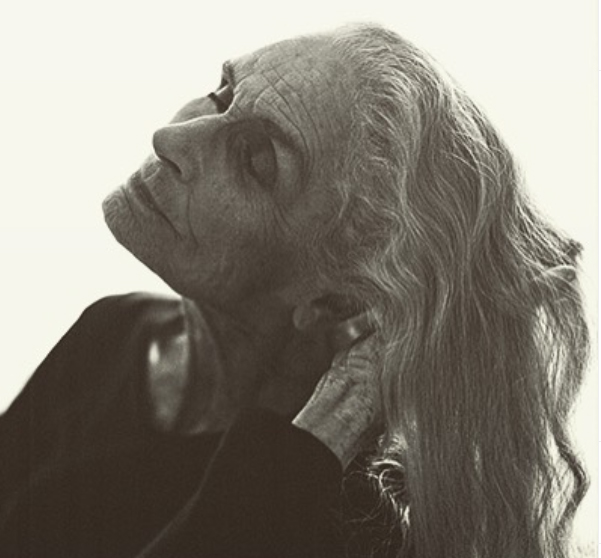
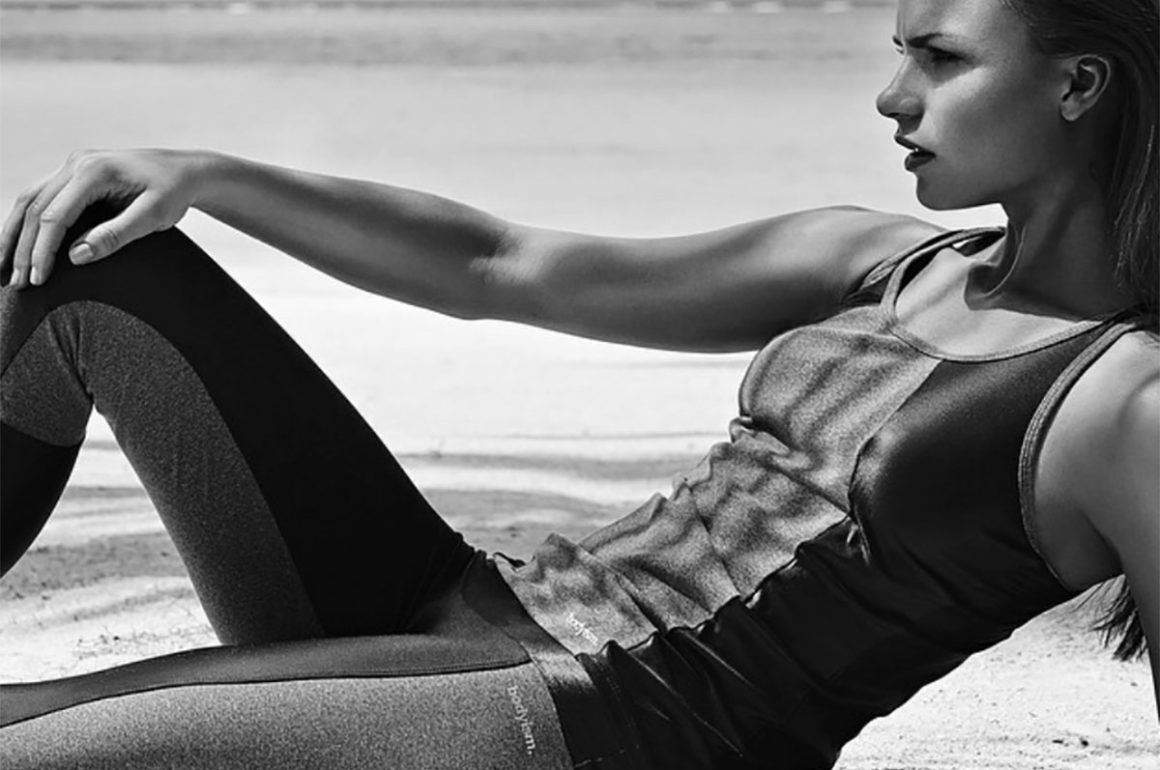
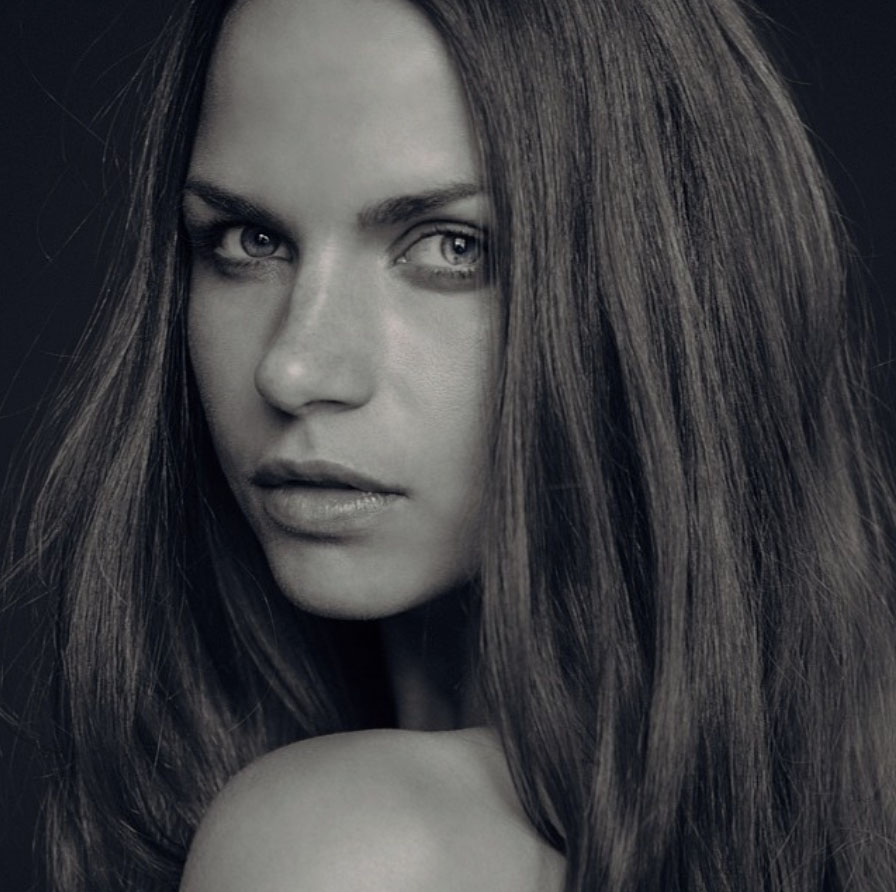
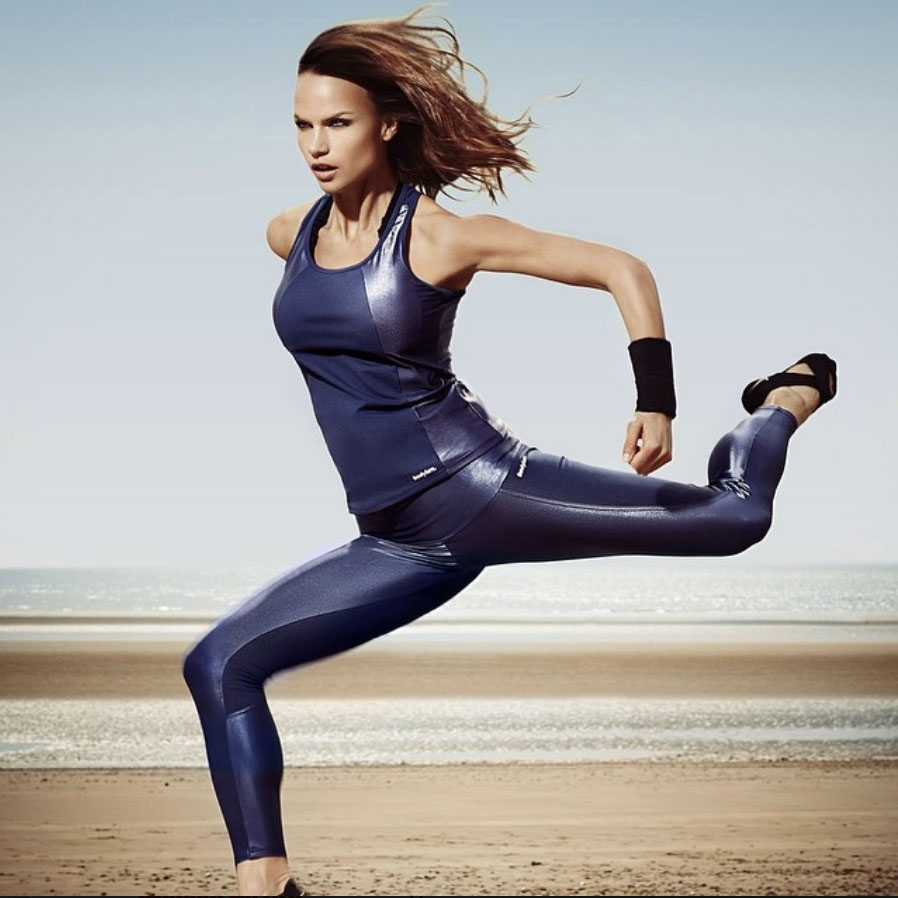
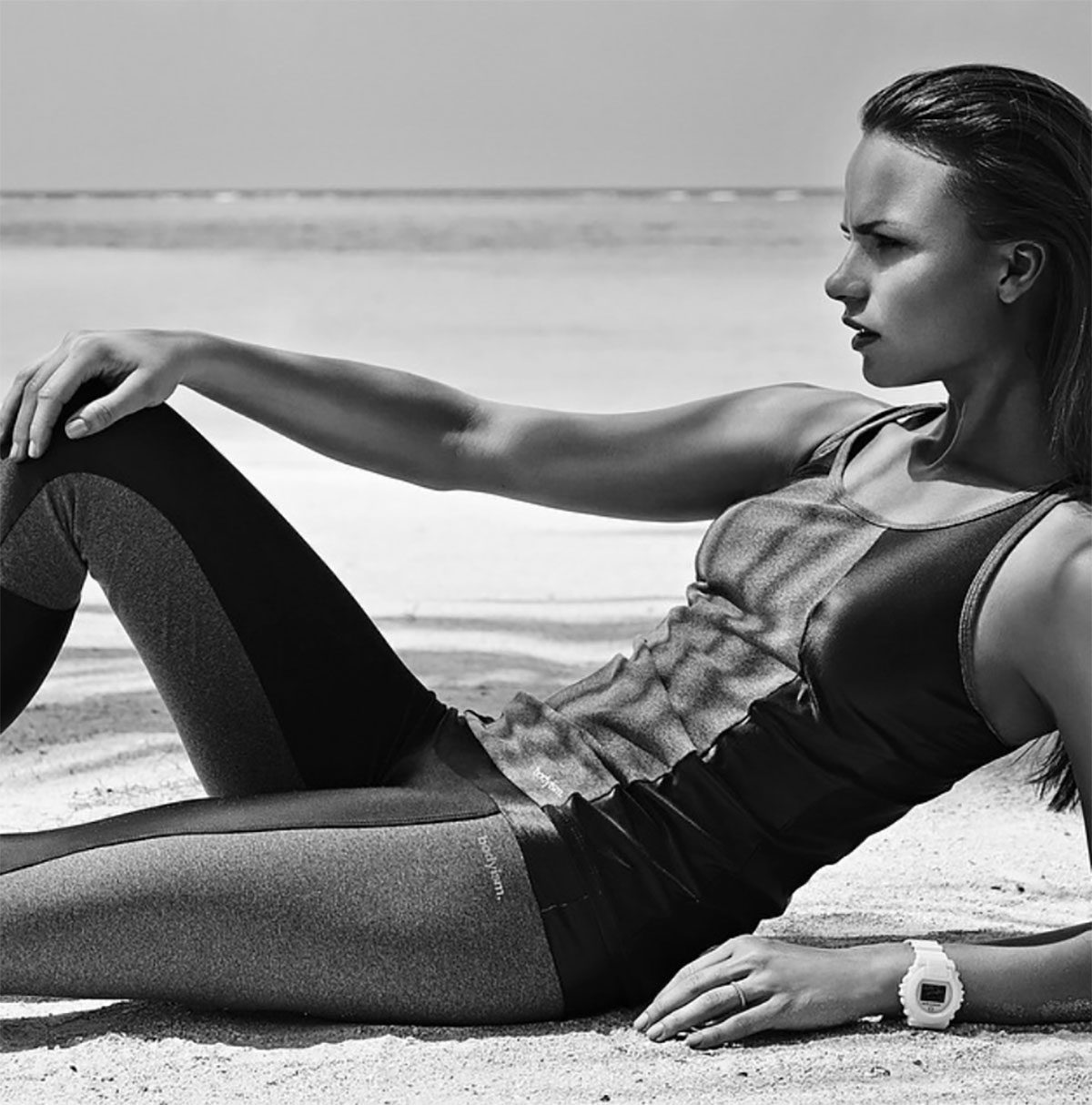
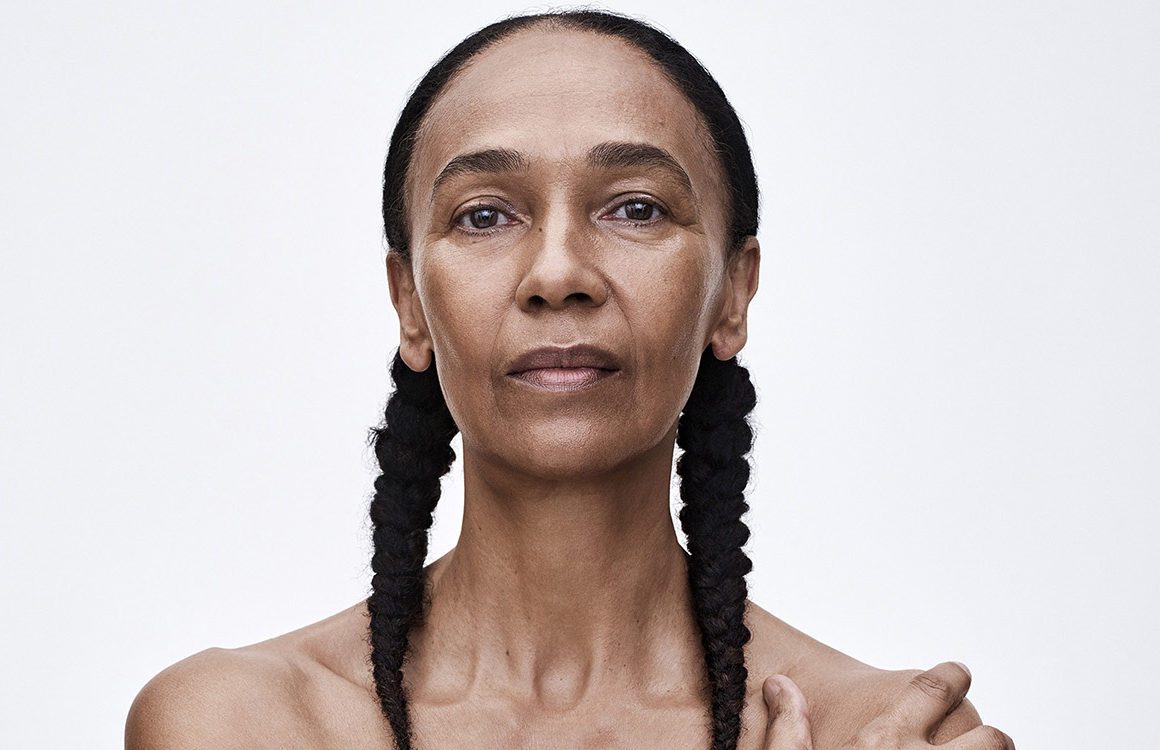
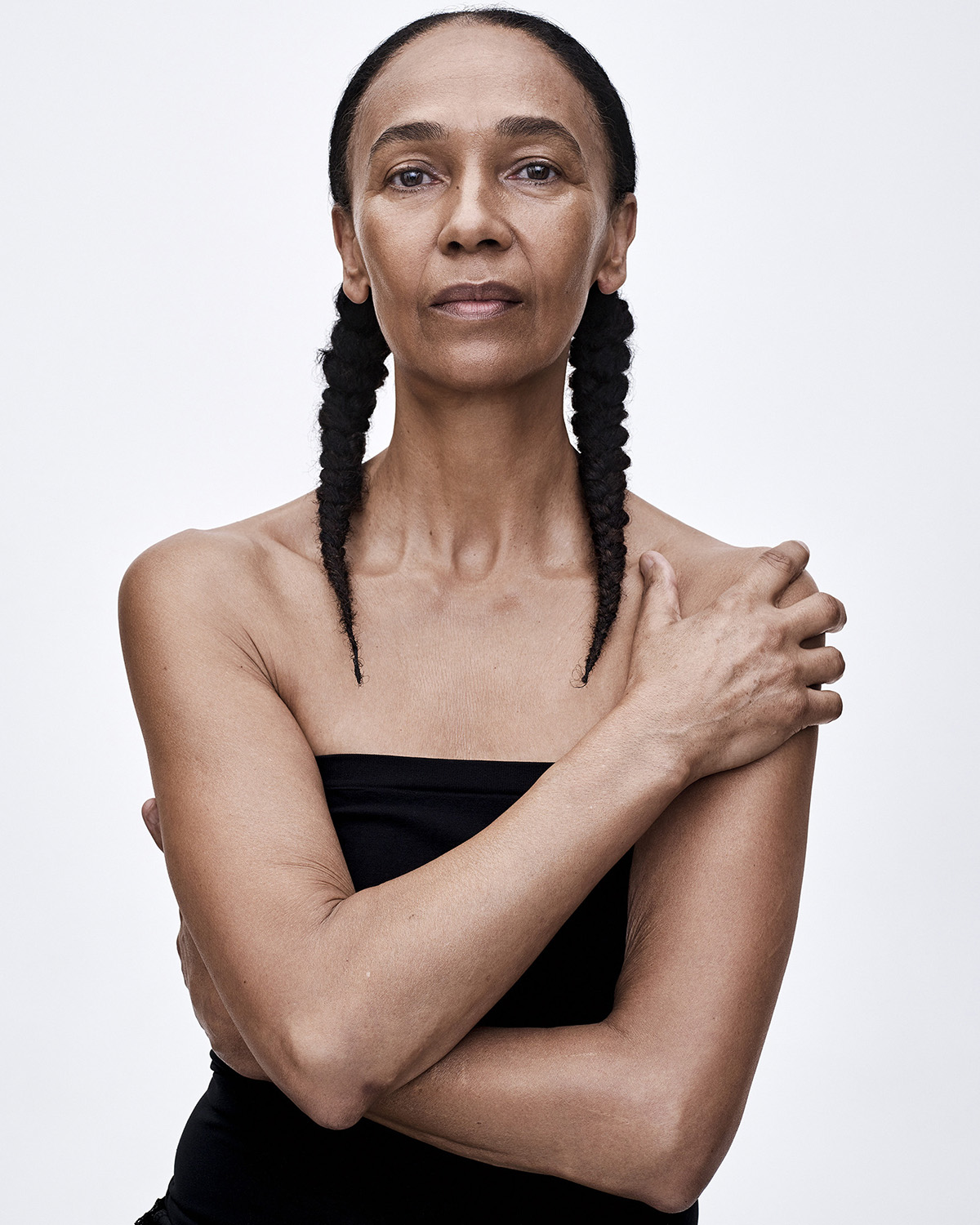
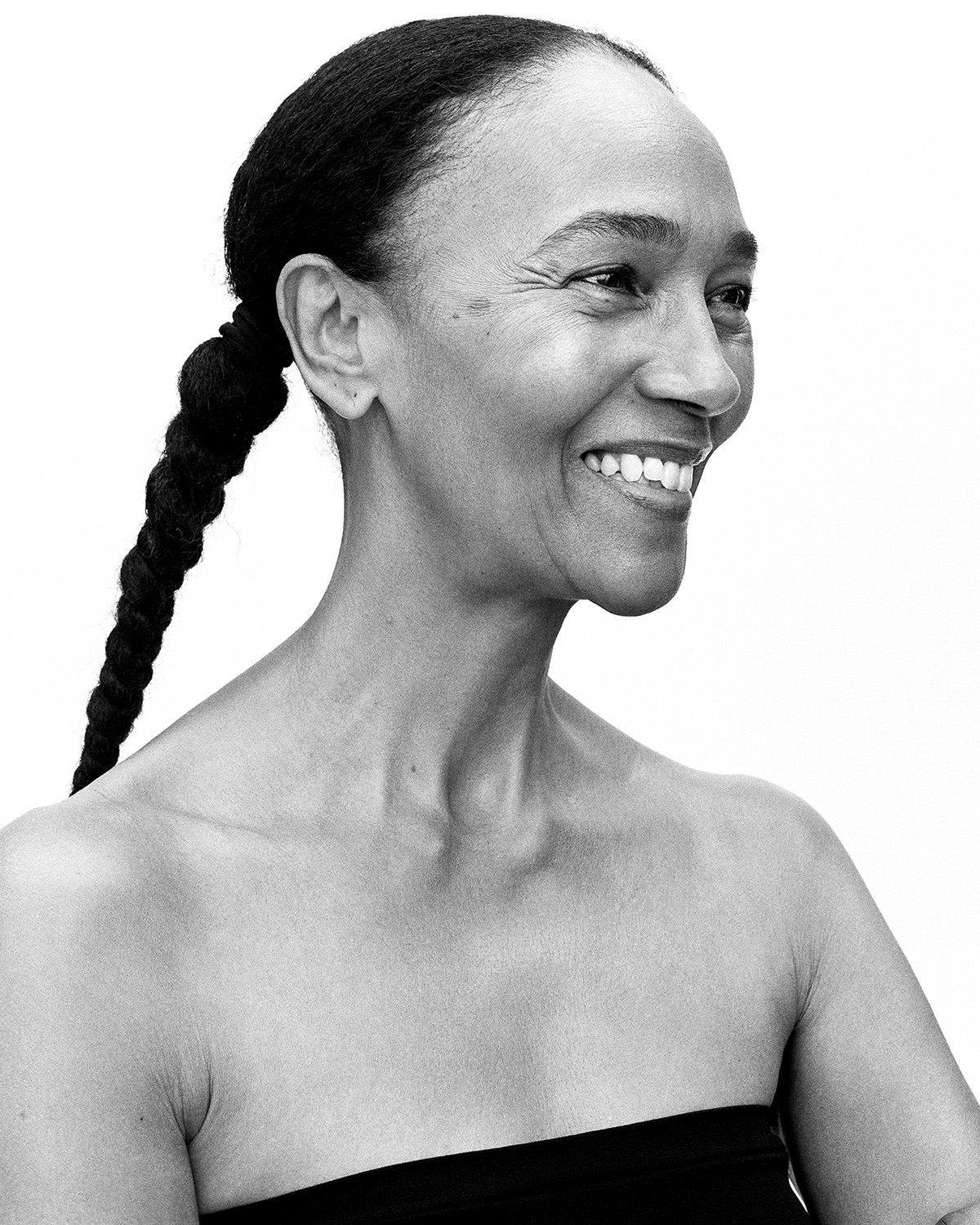
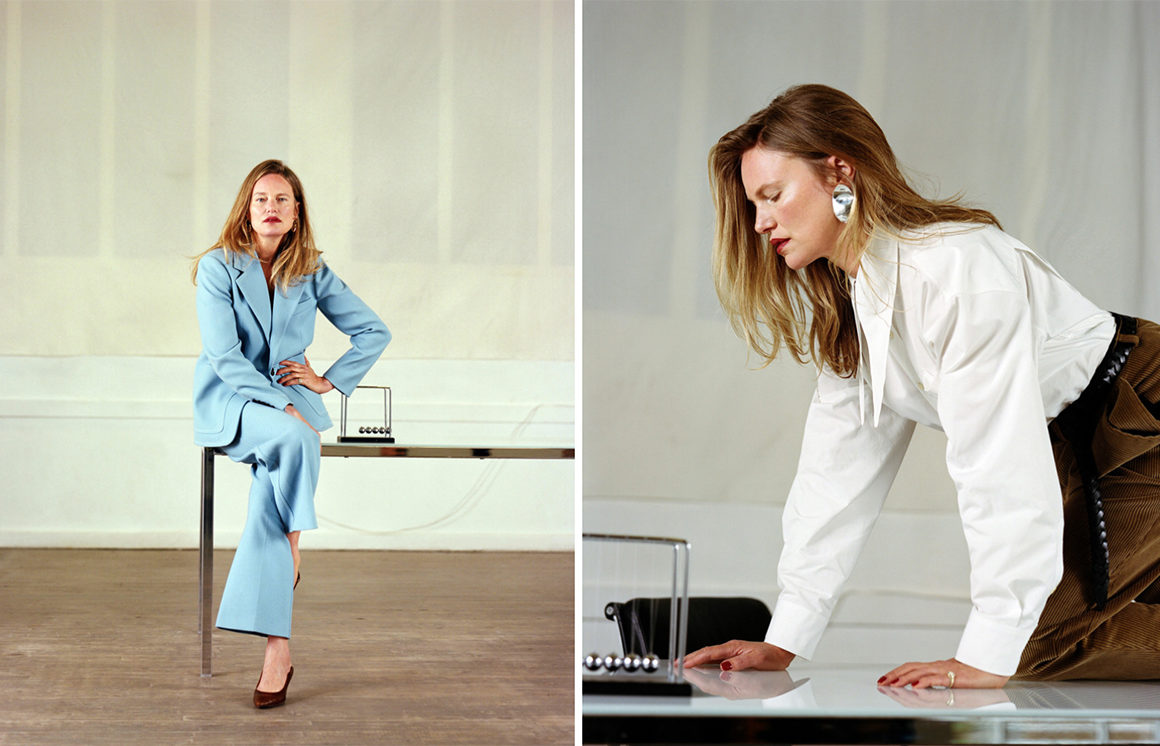
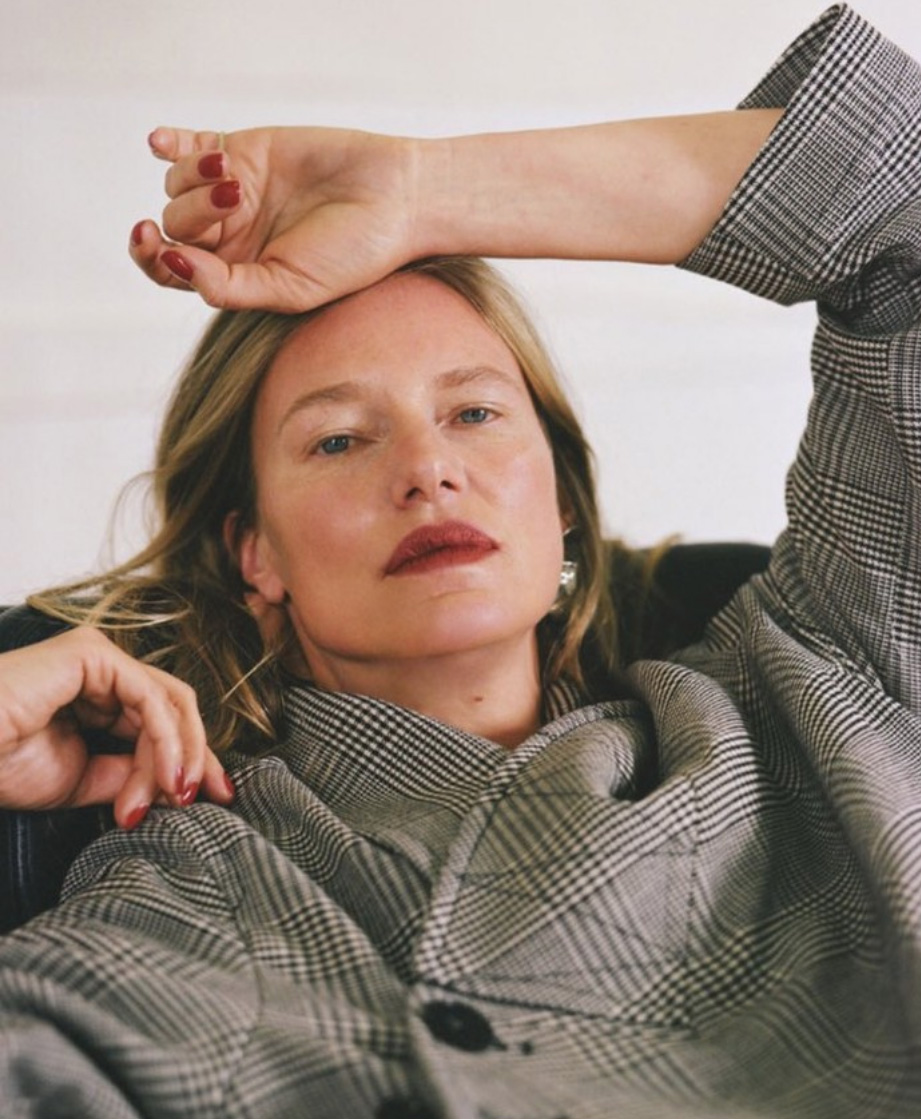
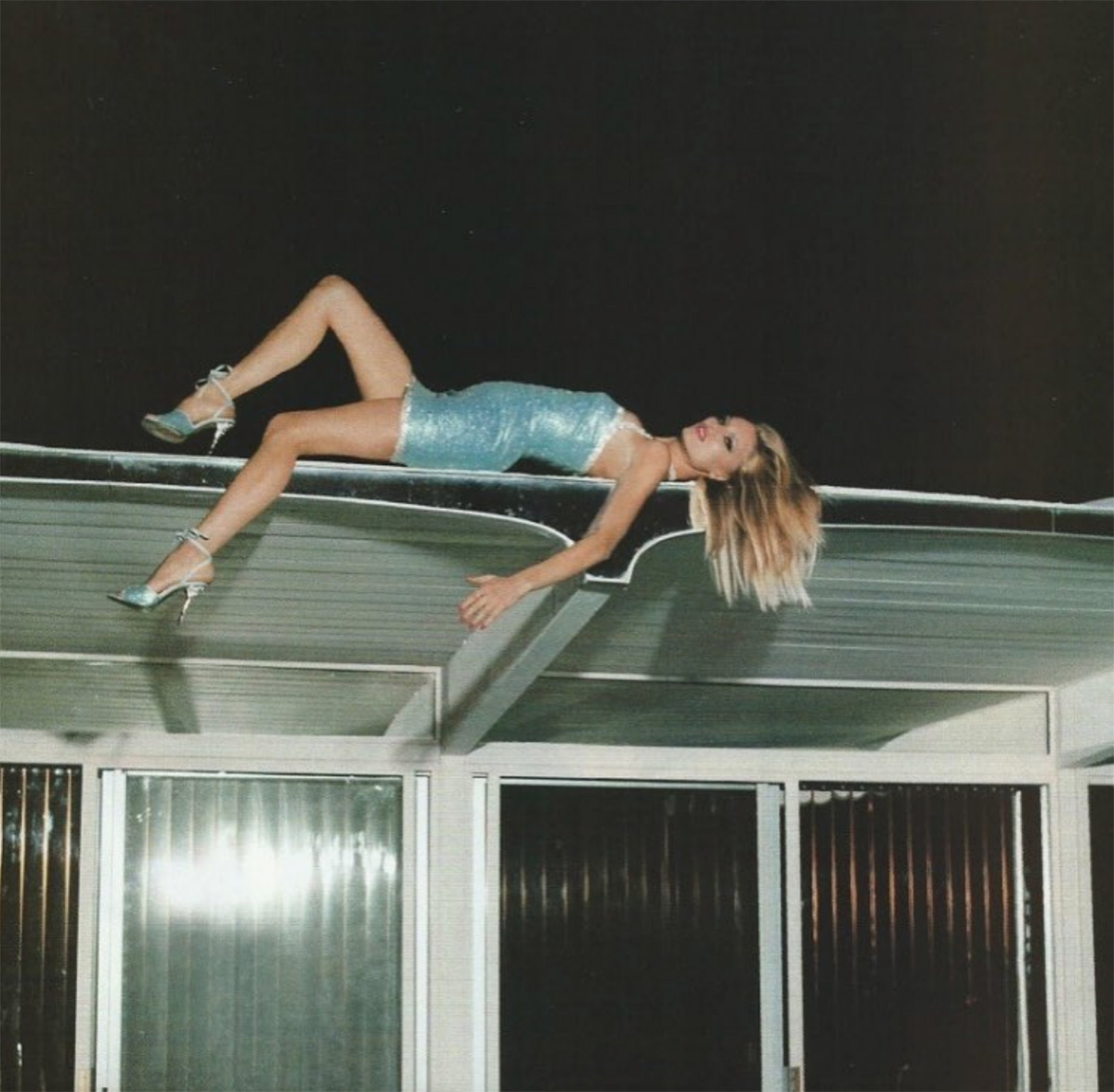
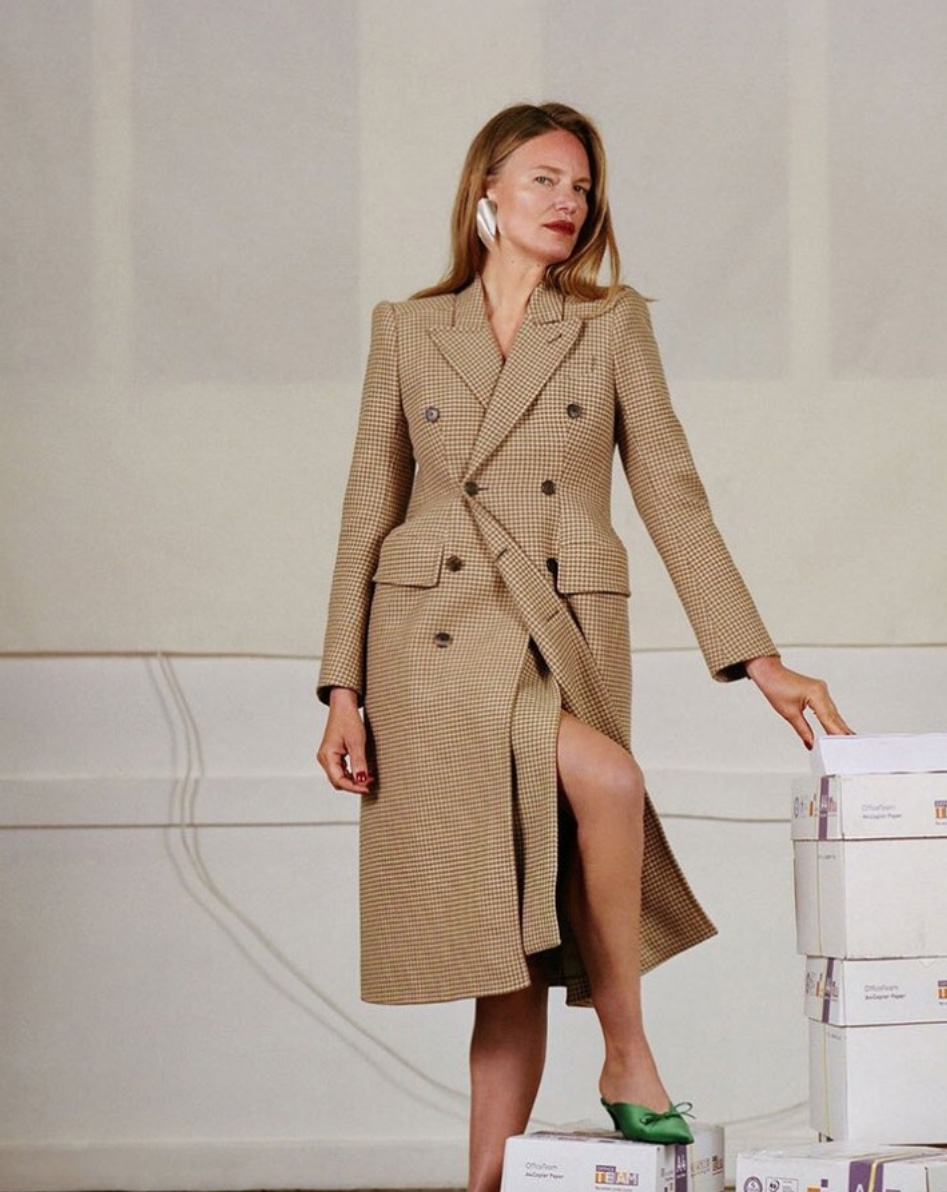
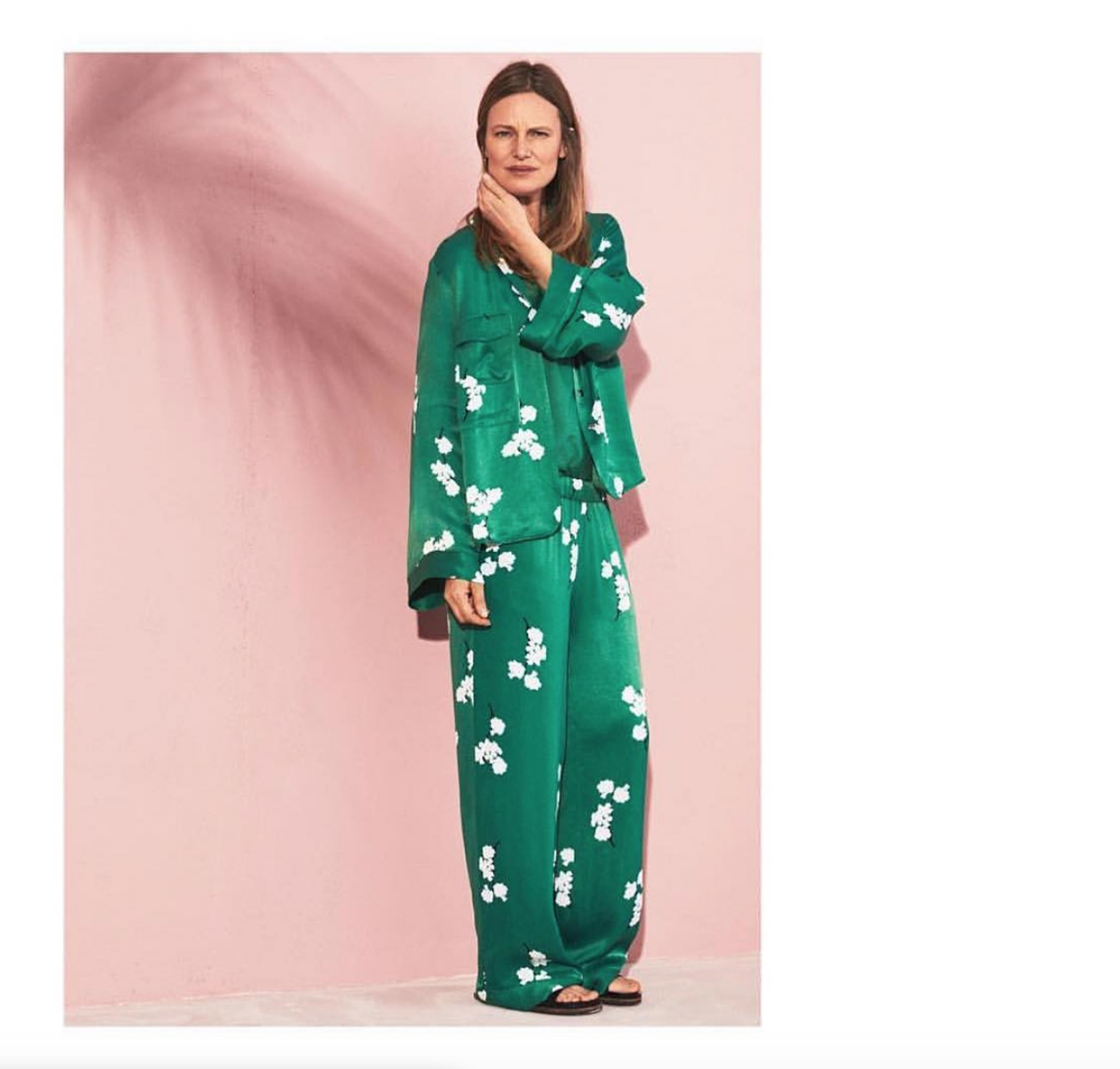
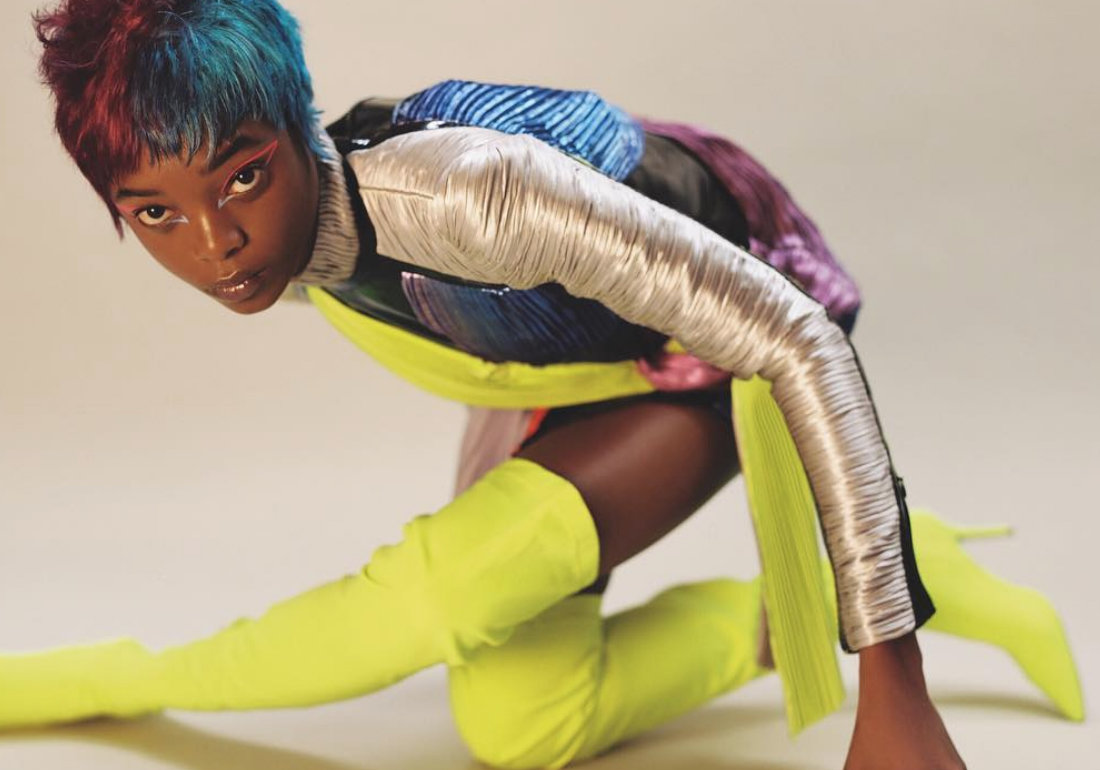
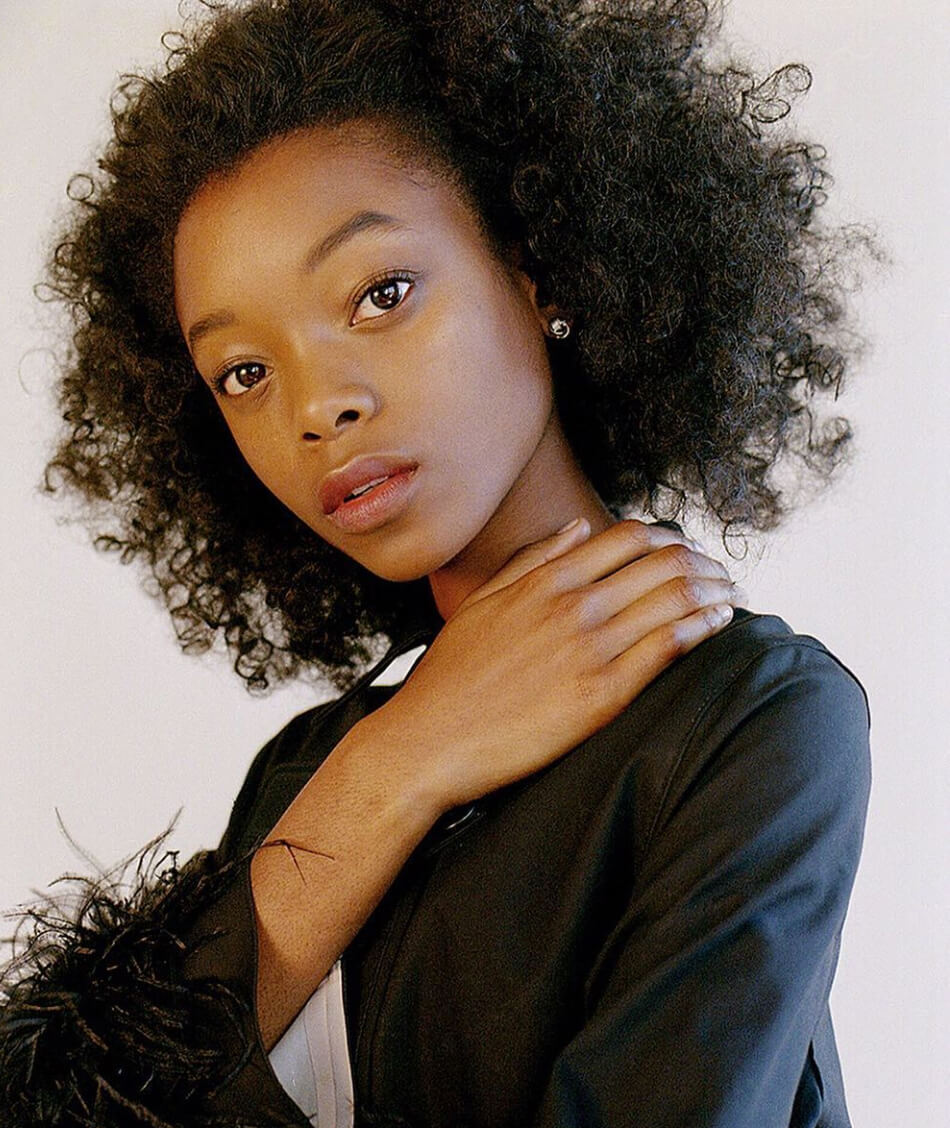
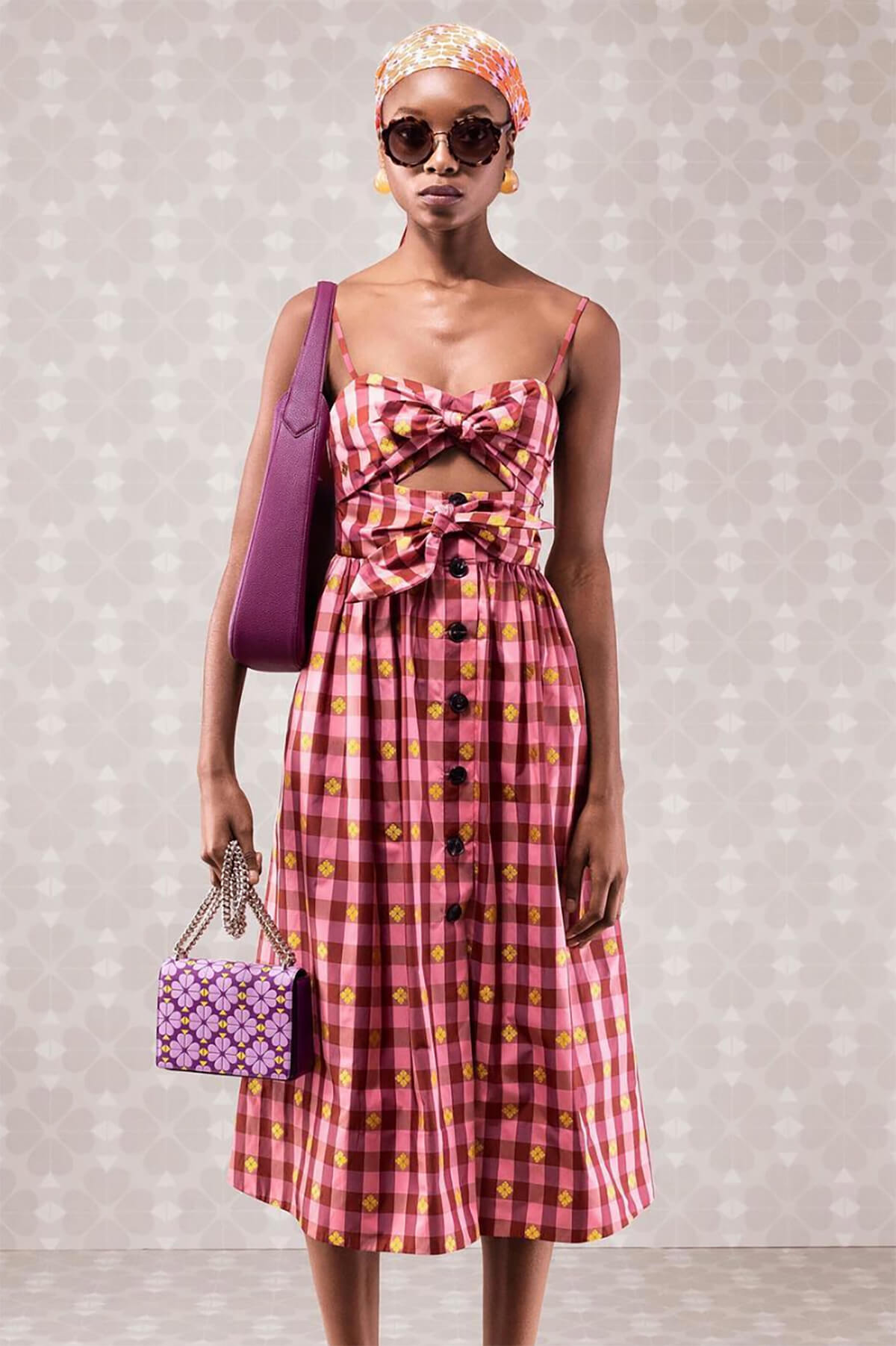
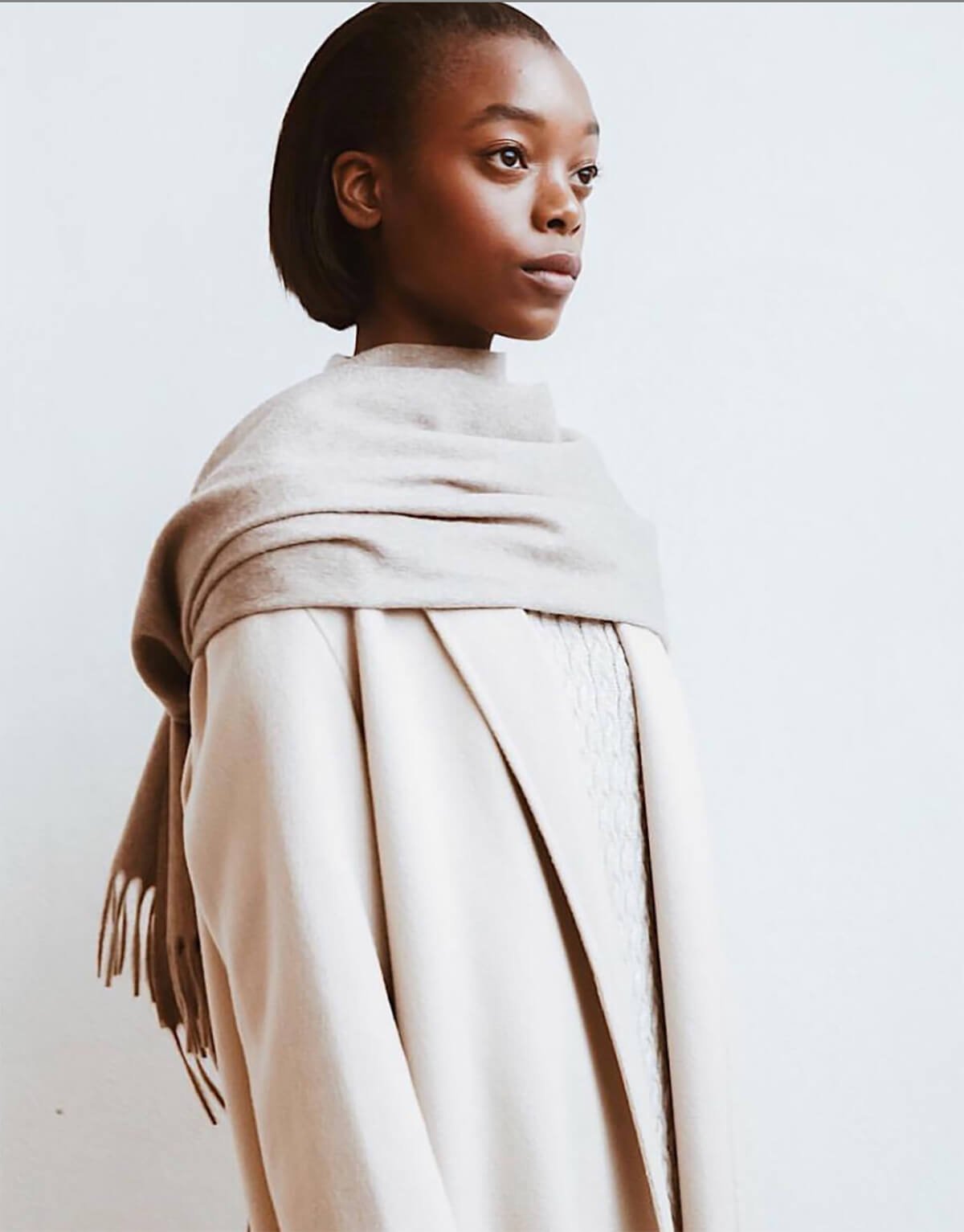
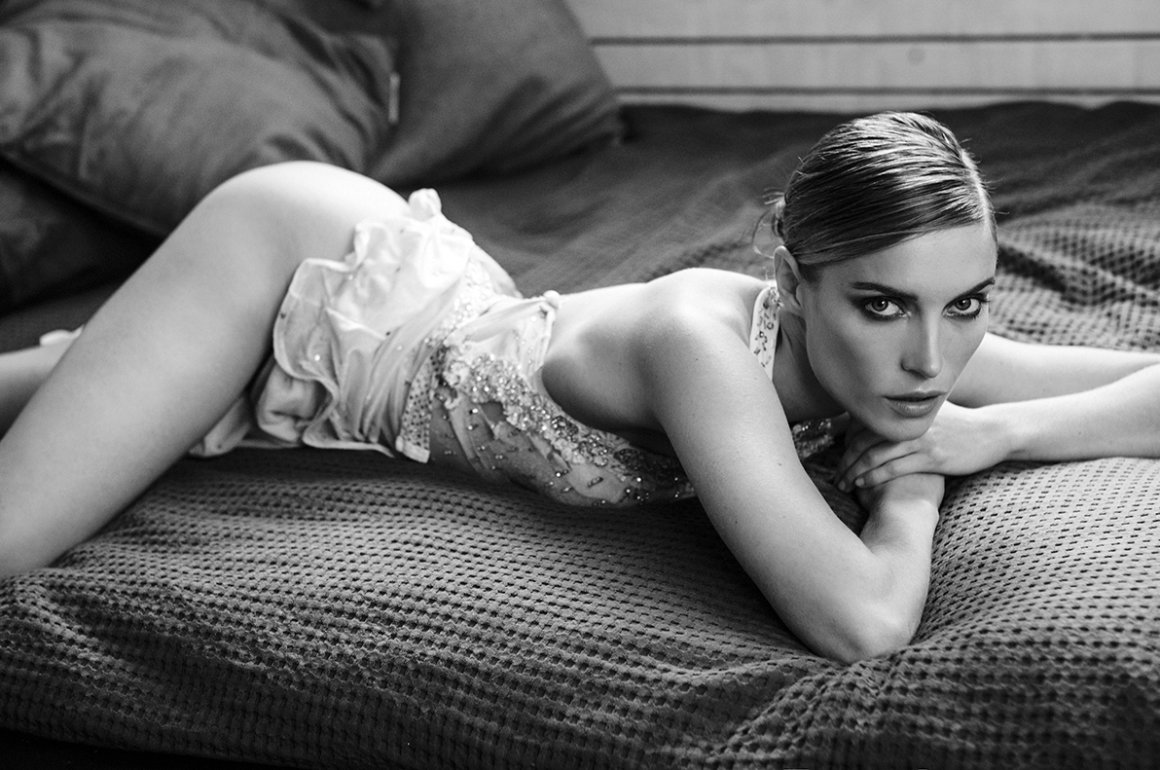
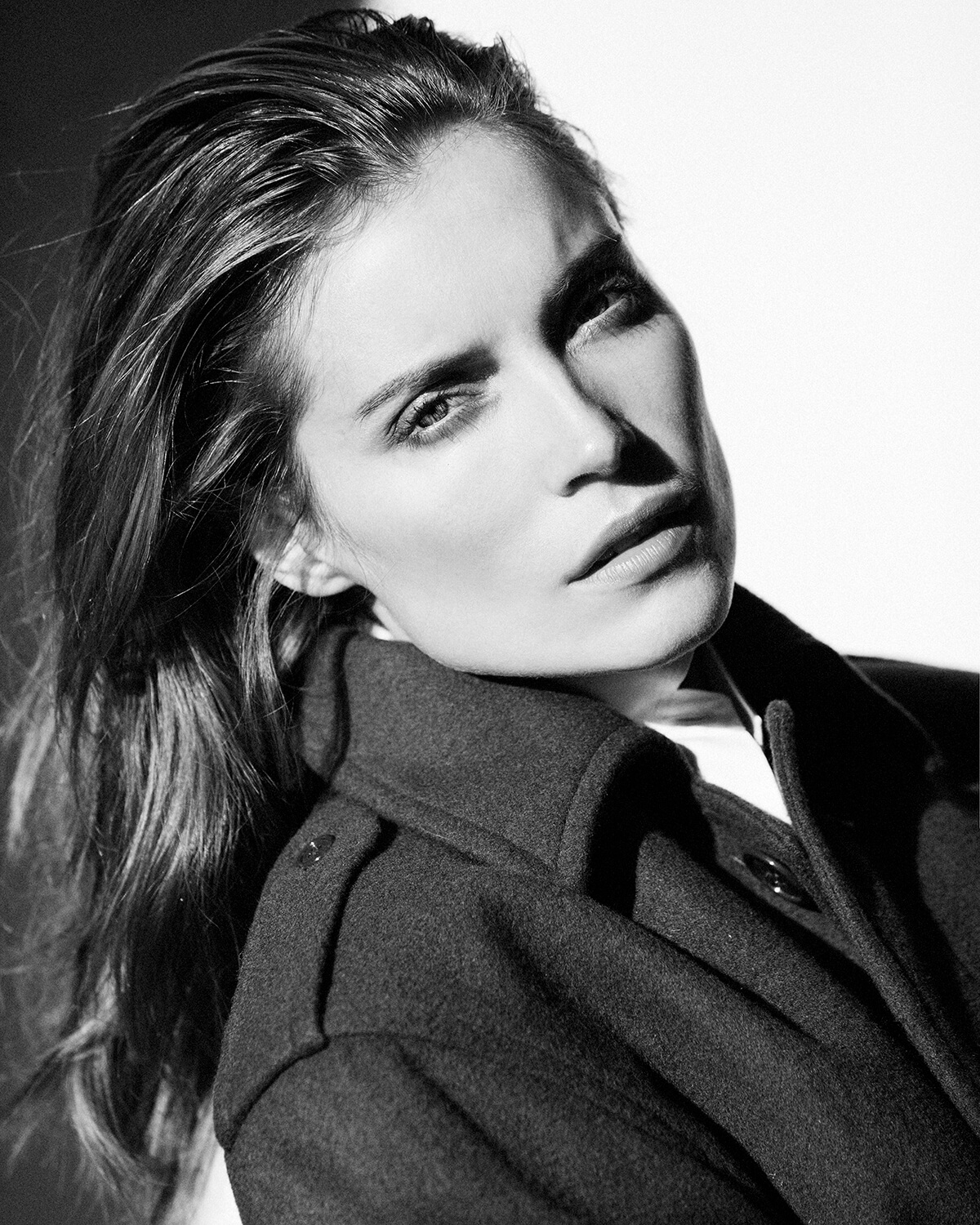
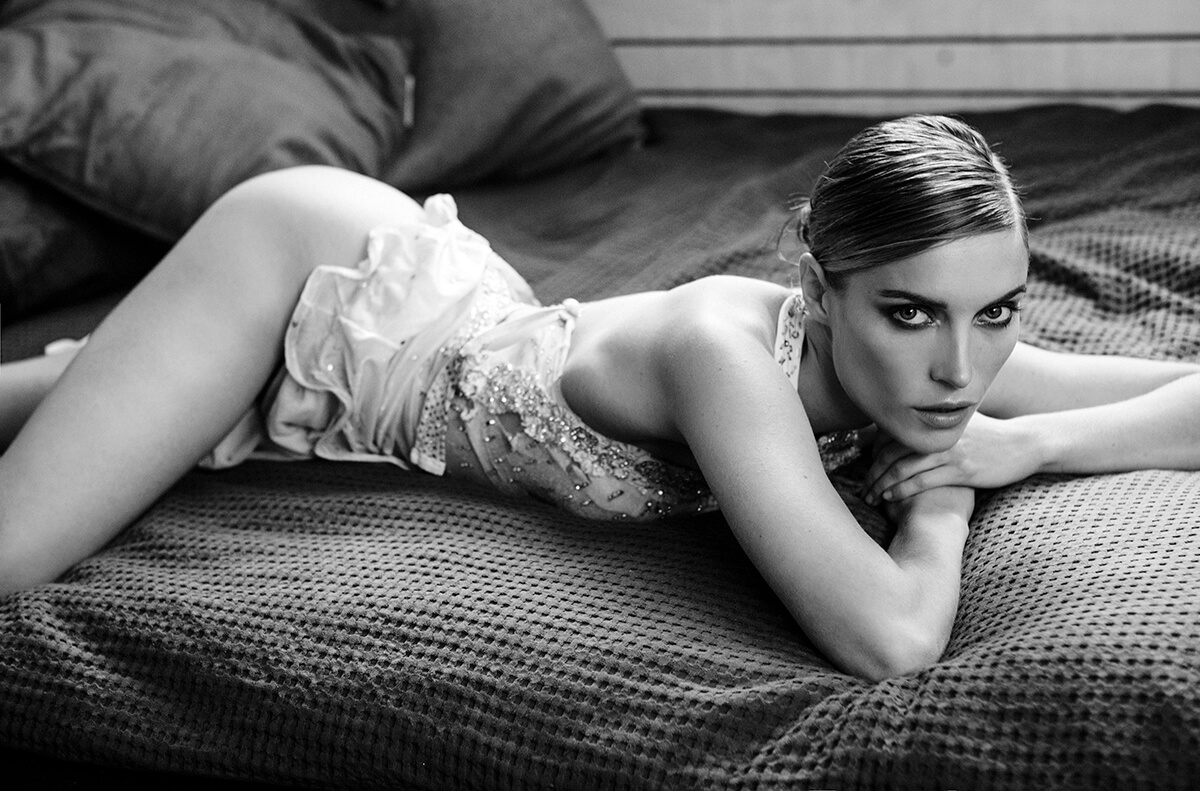
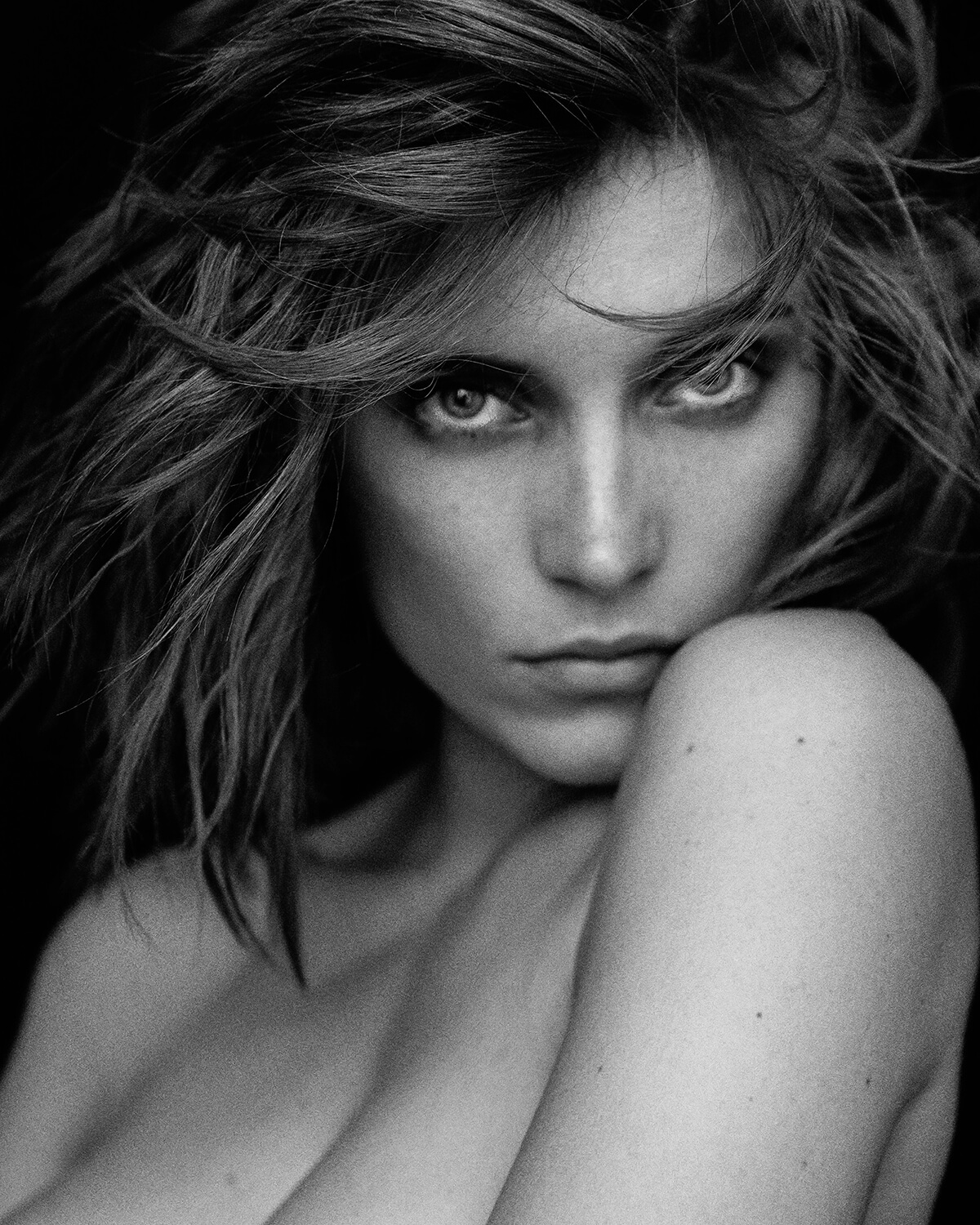
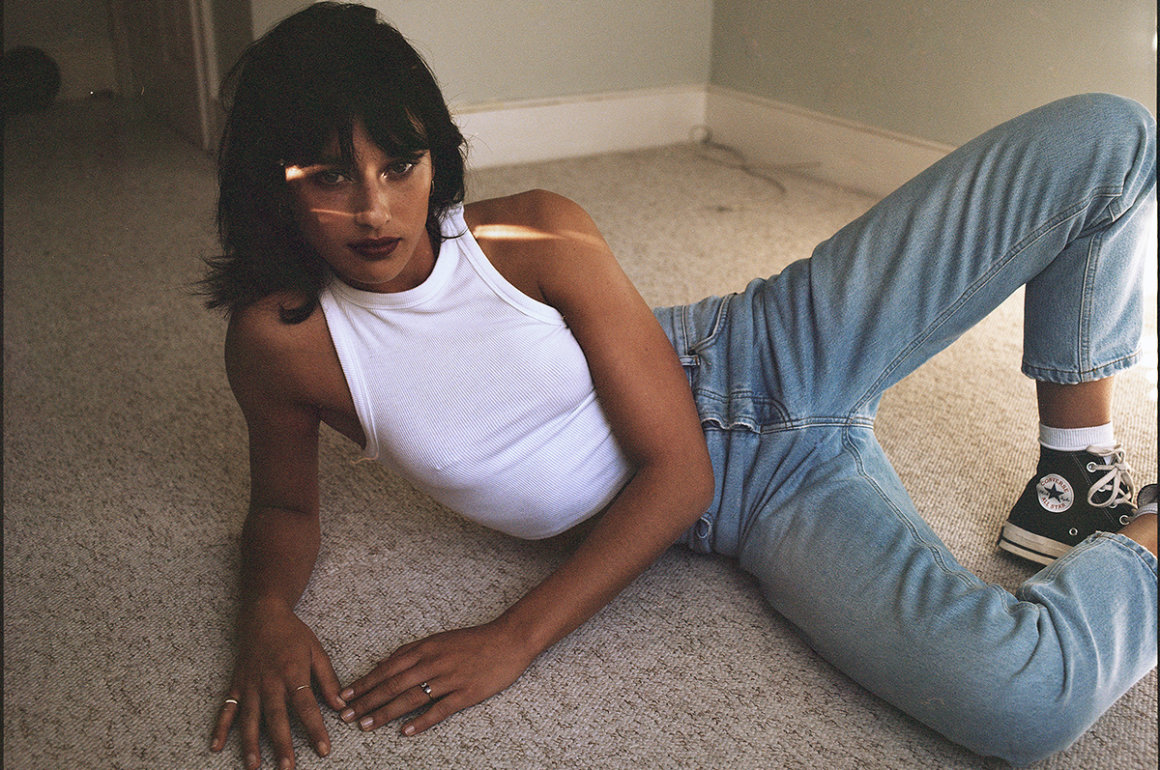
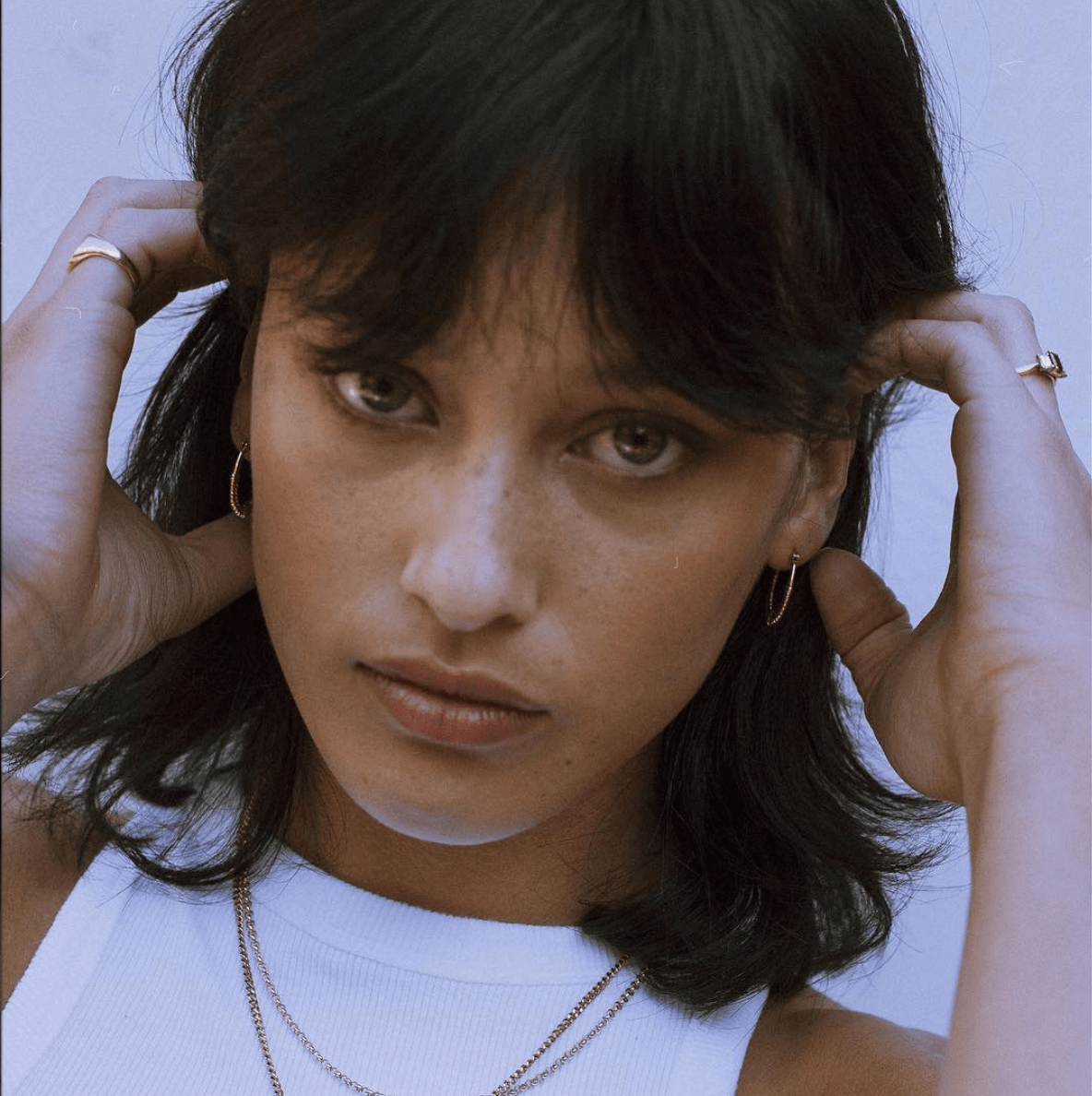
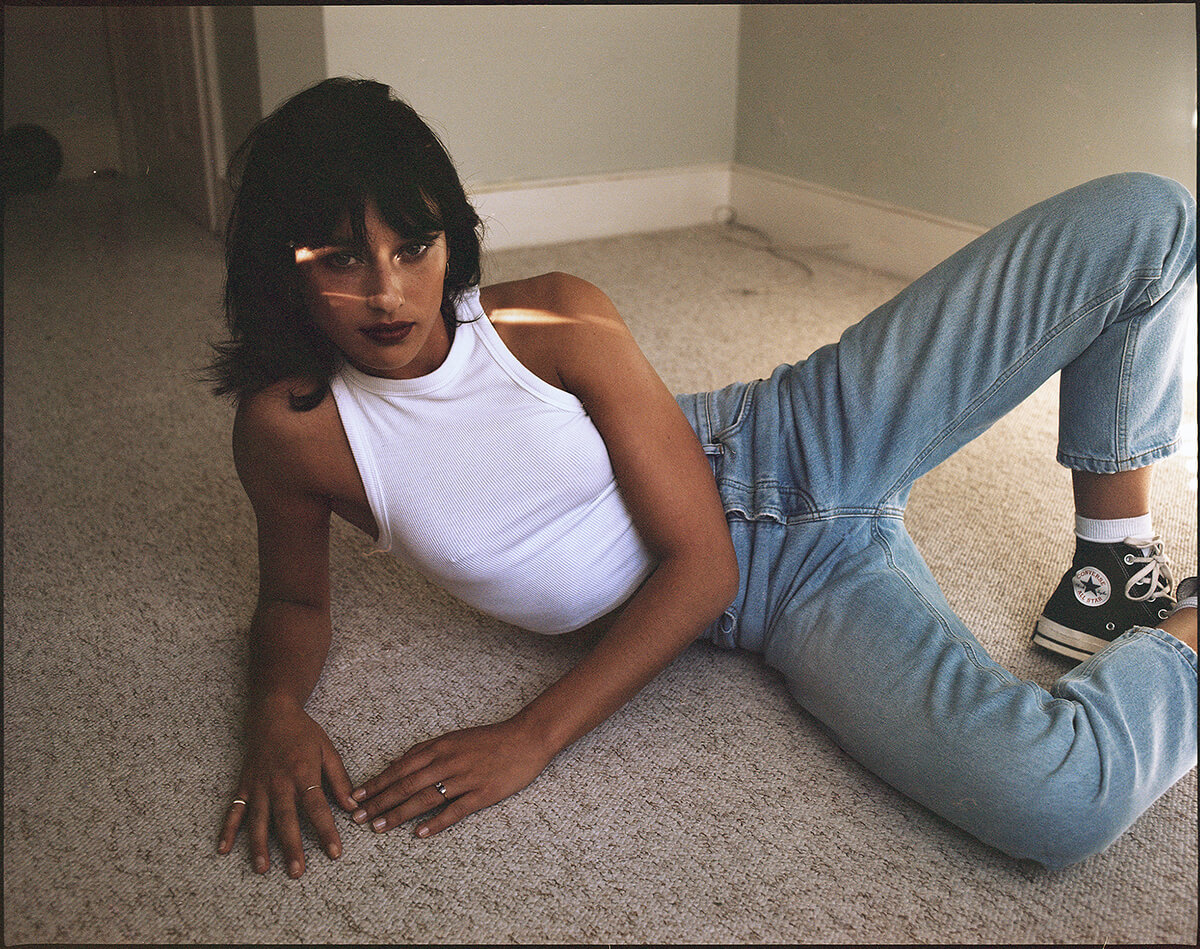
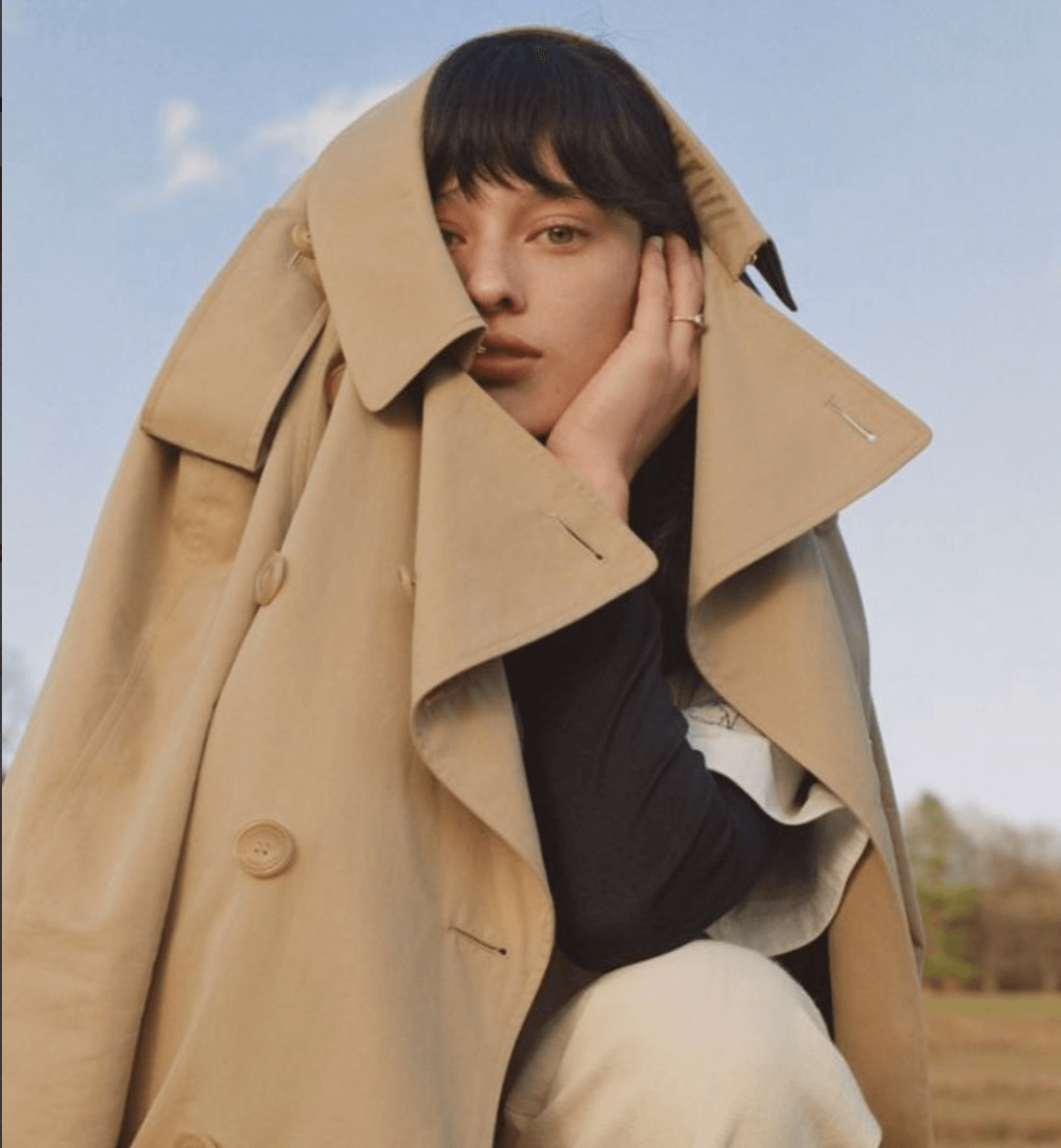
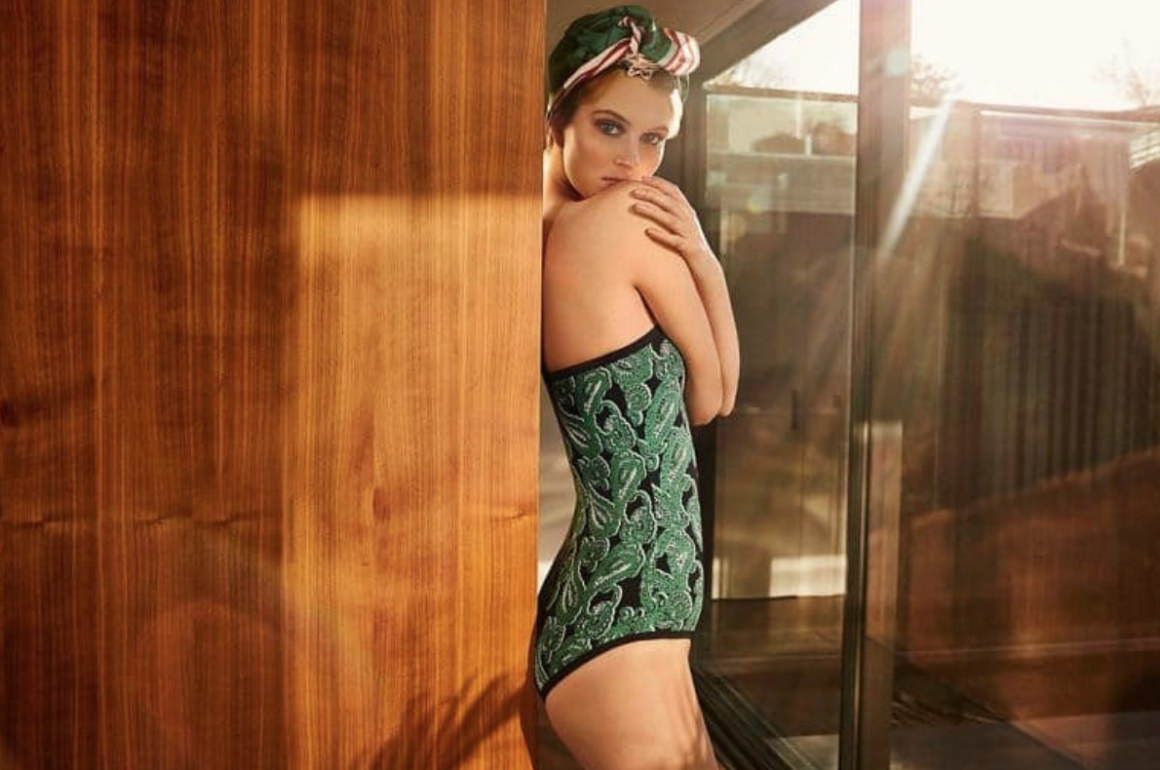
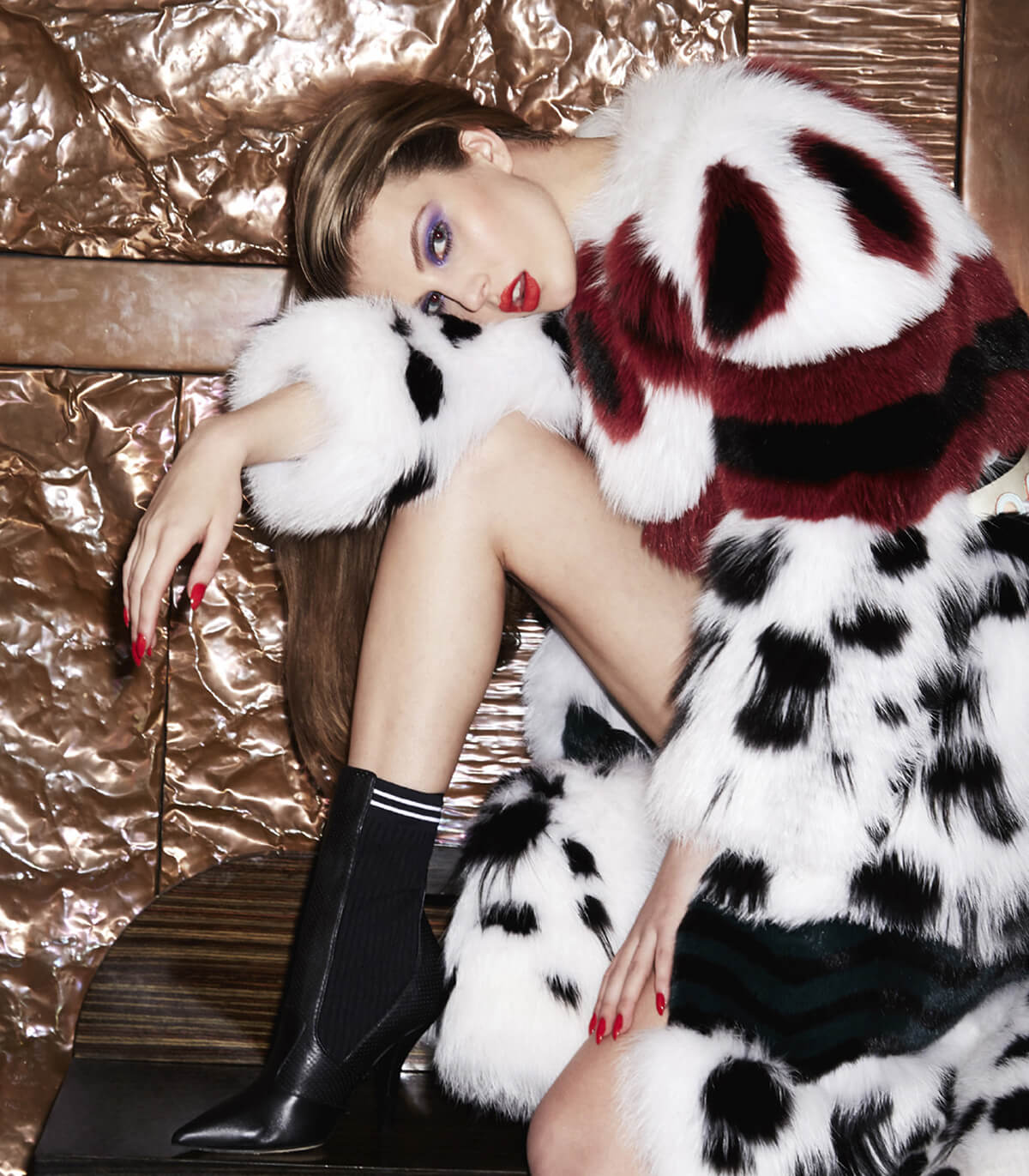
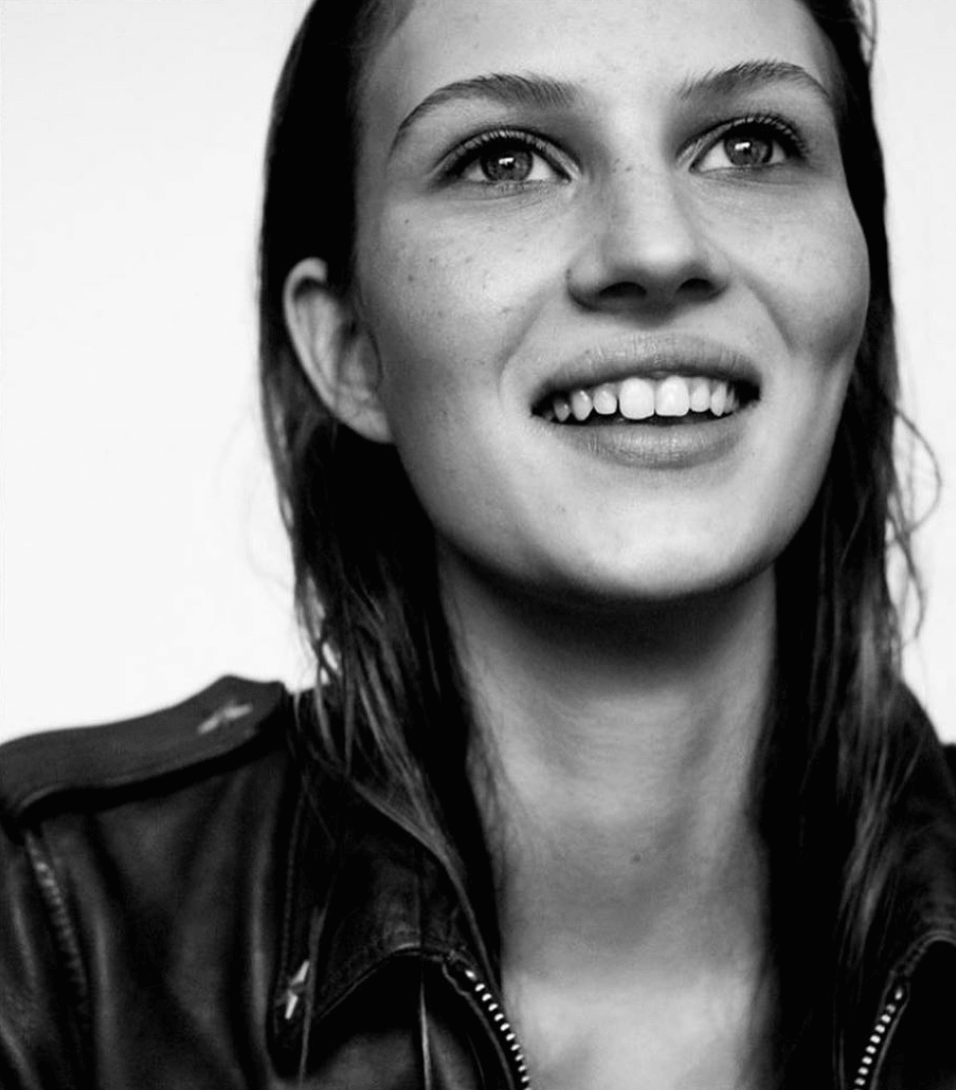
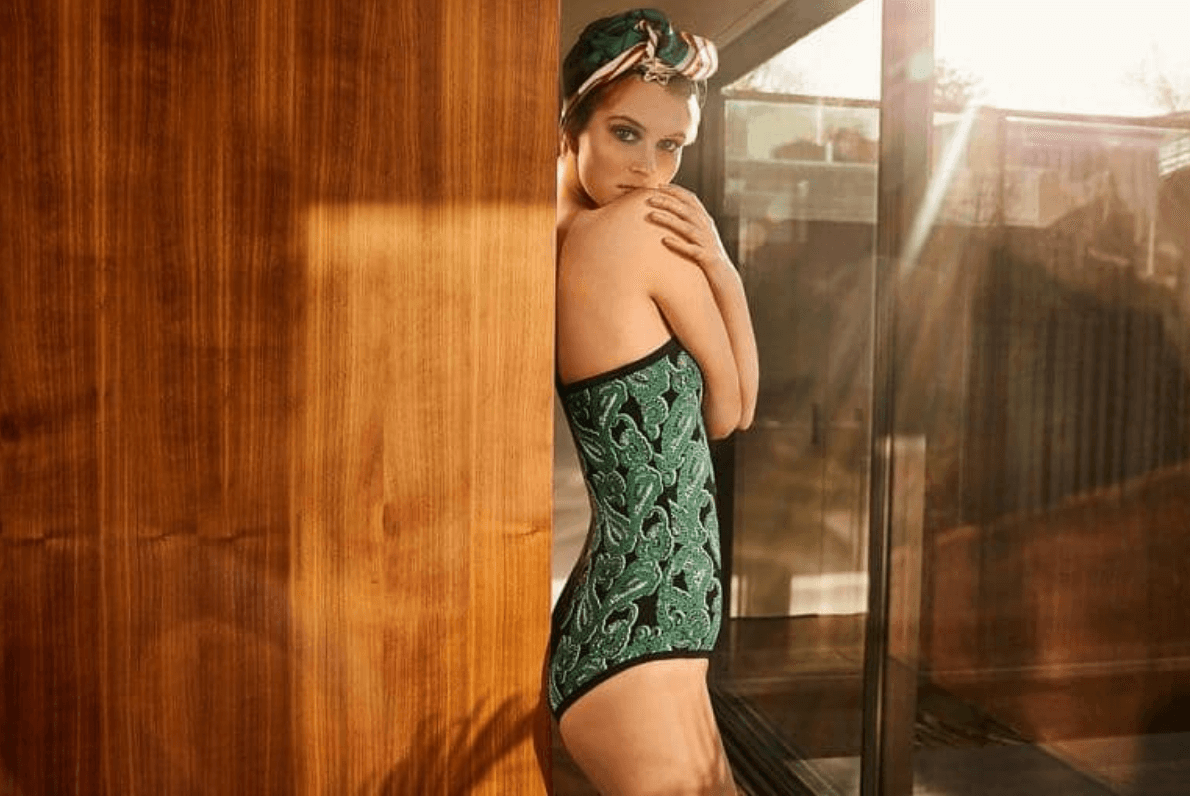
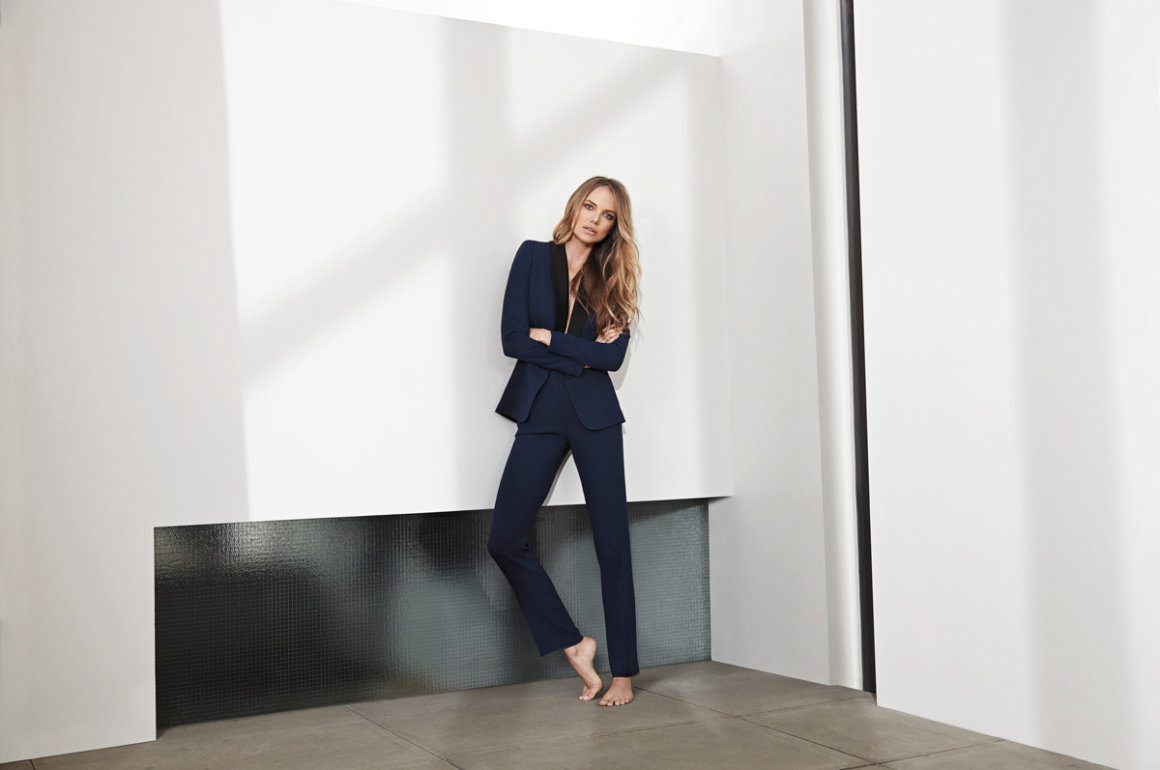
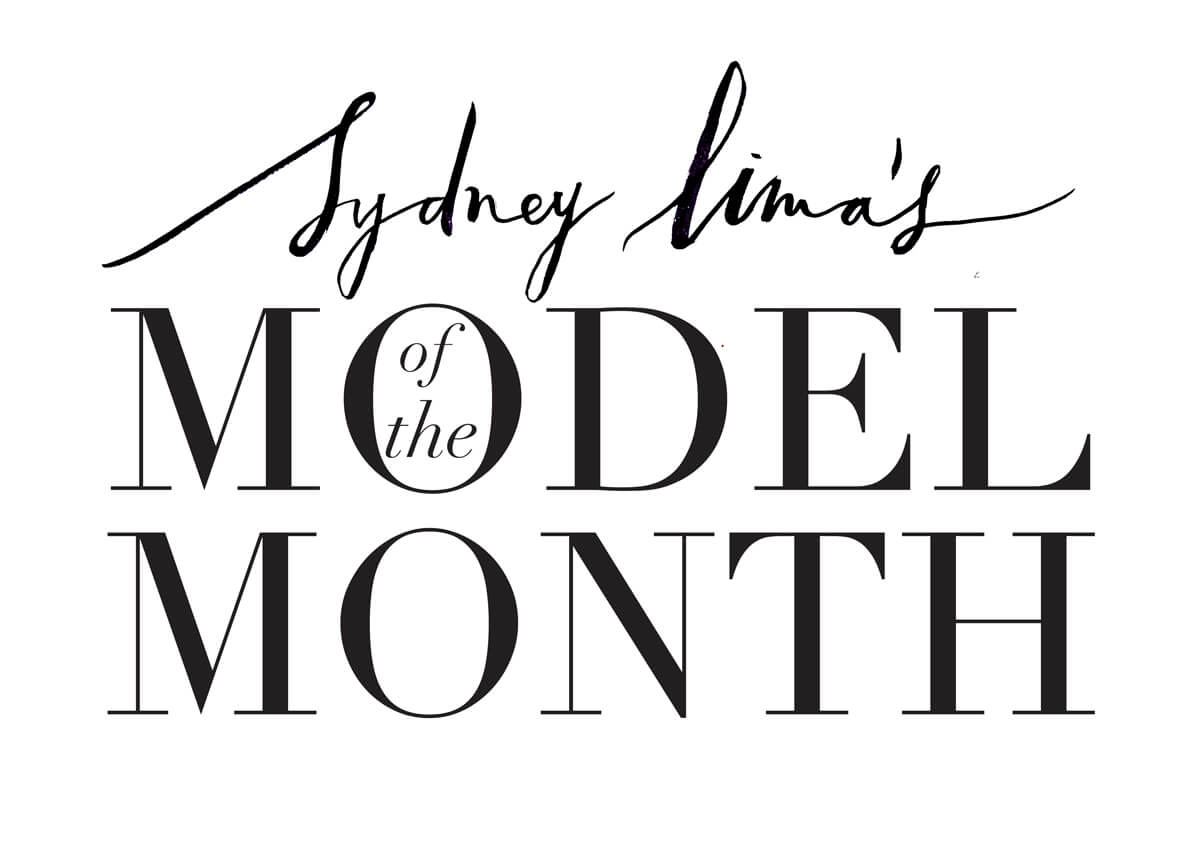
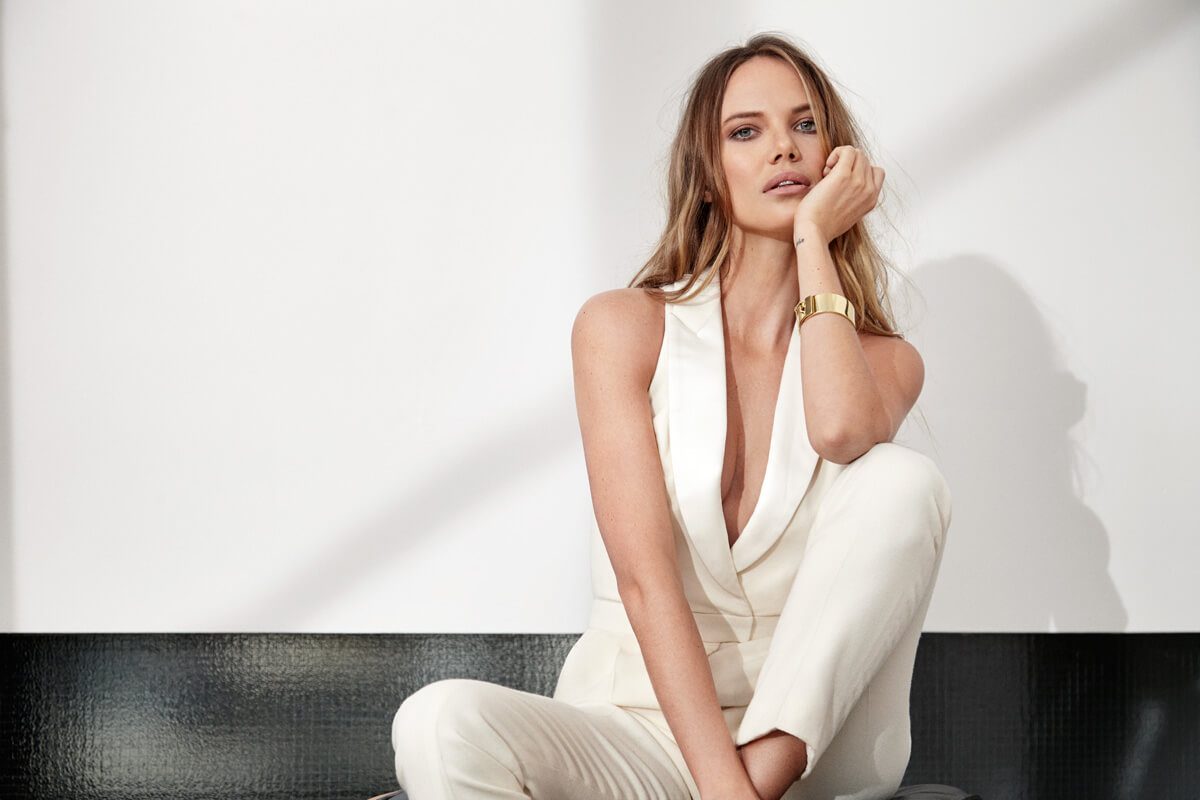
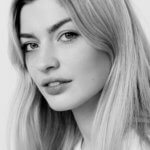
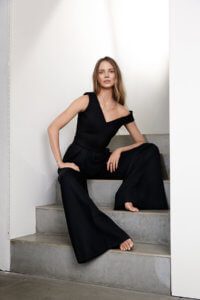 wonderful memories from that shoot.
wonderful memories from that shoot.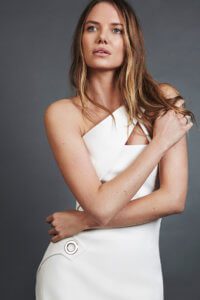 SL: What inspires you on a daily basis?
SL: What inspires you on a daily basis?



Recent Comments